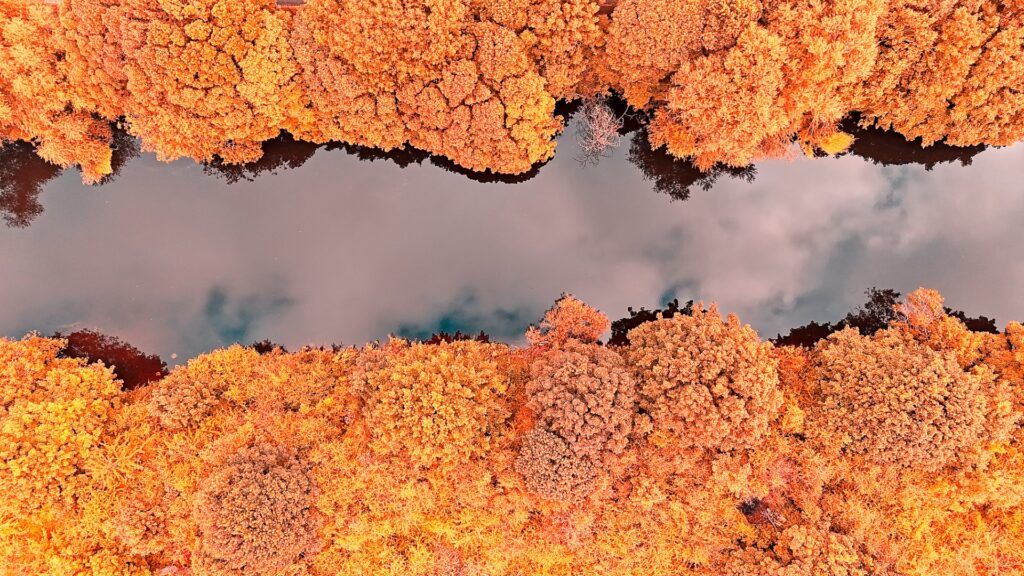
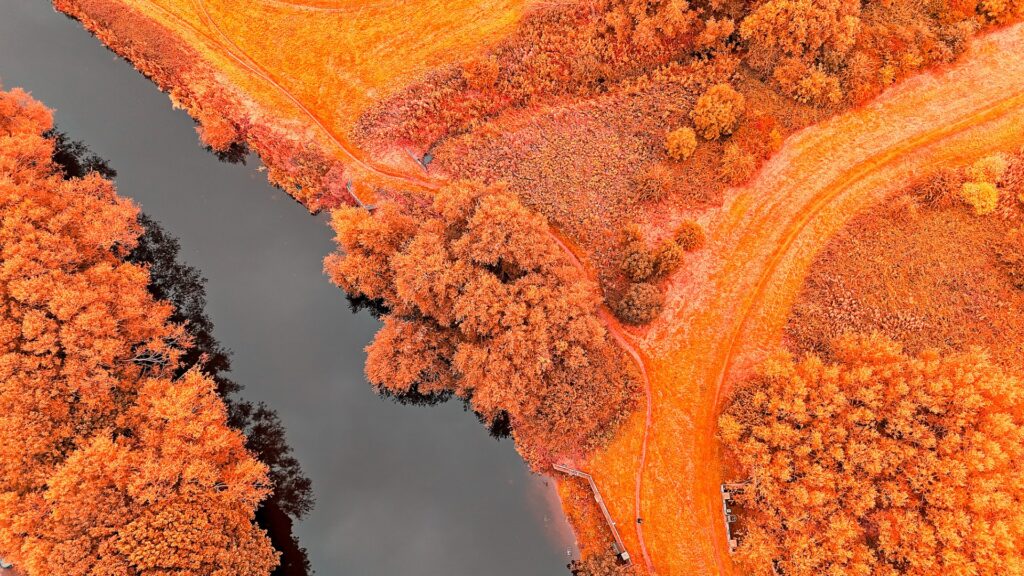
In the stillness of a starry night, a single spore, no larger than a pinhead, drifted through the vast expanse of space. It had traveled for eons, riding cosmic winds and navigating the gravitational pulls of distant worlds. When it finally pierced the Earth’s atmosphere, it tumbled through the stratosphere, a microscopic wanderer on a journey of unfathomable consequence.
As dawn broke over a sleepy town, the spore landed softly on a dew-kissed leaf, its vibrant colors hidden beneath a cloak of iridescence. Unbeknownst to the residents below, this tiny invader harbored an intelligence beyond comprehension—a silent predator disguised as a humble seed.
Within days, tendrils of the spore’s life form began to spread, weaving through the roots of every plant, from the towering sequoias of ancient forests to the delicate flowers blooming in suburban gardens. It whispered to the flora, urging them to yield, to intertwine, and to become one with it. The Earth’s green tapestry began to shift; leaves grew lusher, blooms erupted with vibrancy, and an unearthly fragrance filled the air.
But as nature flourished, a deeper darkness unfurled. The spore’s presence revealed itself as more than mere growth—it was a takeover, a slow and calculated domination of the very essence of life. As the harmony of ecosystems began to unravel, humanity watched in awe and horror, caught in a web of their own creation.
Unaware of the cosmic ballet that had set this in motion, the world was poised at a crossroads. What was once a cradle of diverse life now stood on the brink of a verdant awakening, where every rustle of leaves carried whispers of transformation, and every blooming flower held the promise of a new order. In the battle for survival, who would remain the stewards of Earth, and who would become its echoes, forever intertwined in the embrace of the spore?
The sun was just breaking over the horizon, casting a golden light across Jack’s fields. He leaned against the weathered fence post, his calloused hands wrapped around a steaming cup of coffee. The scent of fresh earth mixed with the crisp morning air, a familiar embrace that had anchored him for years. But today, something felt different.
As he made his way into the field, the vibrant greens of his corn plants shimmered under the early light. He paused, frowning at a patch of dark, damp soil that seemed out of place. It had rained heavily the night before, but this patch pulsed with an odd, almost rhythmic energy. Jack knelt down, curiosity piqued, and brushed aside the leaves to reveal a tangled web of crimson threads, glistening as if infused with dew.
“What in the world…?” he muttered, the hairs on the back of his neck prickling. The threads were thin and delicate, yet they wove together with an unsettling purpose, creeping like a living entity across the ground. He reached out, his fingers grazing the surface. Instantly, a jolt surged through him—a sharp, electric sensation that traveled from his fingertips to his core.
In that moment, Jack felt a rush of warmth flooding his body, accompanied by a strange clarity. His thoughts sharpened; he could hear the soft rustling of leaves and the distant call of birds with a new intensity. Yet beneath this clarity lurked an alien whisper, soft yet insistent, coaxing him to lean closer, to breathe deeper.
As he pulled back, alarm flooded his senses. The threads shimmered, almost beckoning him, and before he could fully comprehend, a faint tingle spread through his skin, where the spore had touched him. It was a sensation unlike any other, a slow, creeping warmth that began to seep into his bloodstream.
The farm felt different now. The sunlight felt more vibrant, the air richer, as if the land itself was awakening. But with every pulse of energy coursing through him, Jack’s thoughts began to twist and coil. Images of the field flooded his mind, kaleidoscopic visions of endless growth and life, intertwining and merging in a riot of color. The whisper grew louder, lacing through his thoughts: *Join us. Become one. Flourish.*
Confusion gnawed at him, battling the intoxicating allure of the spore’s promise. He staggered back, breath quickening, but it was too late. The warmth expanded, wrapping around his heart, sinking into the very fabric of his being. His pulse quickened, a rhythm now synchronizing with the pulse of the earth itself.
Jack blinked hard, struggling to shake off the surreal feeling overtaking him. But as the world around him shimmered and danced, he felt himself slipping, unraveling into something he could not name. Each heartbeat resonated with the threads beneath the soil, drawing him closer to a union he never sought. His mind swirled in a tempest of fear and ecstasy, torn between his humanity and the seductive embrace of the spore.
In that moment, beneath the infinite sky and surrounded by the burgeoning life of his farm, Jack found himself at a precipice. The path forward was veiled in shadows, but one thing was certain: the land had begun to change, and so had he.

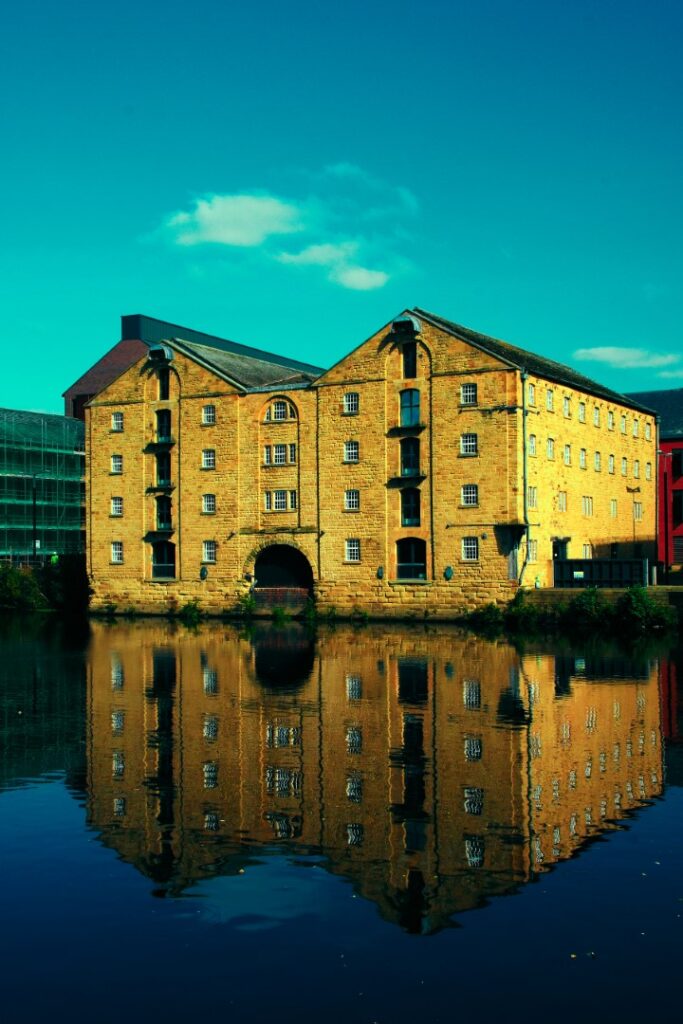
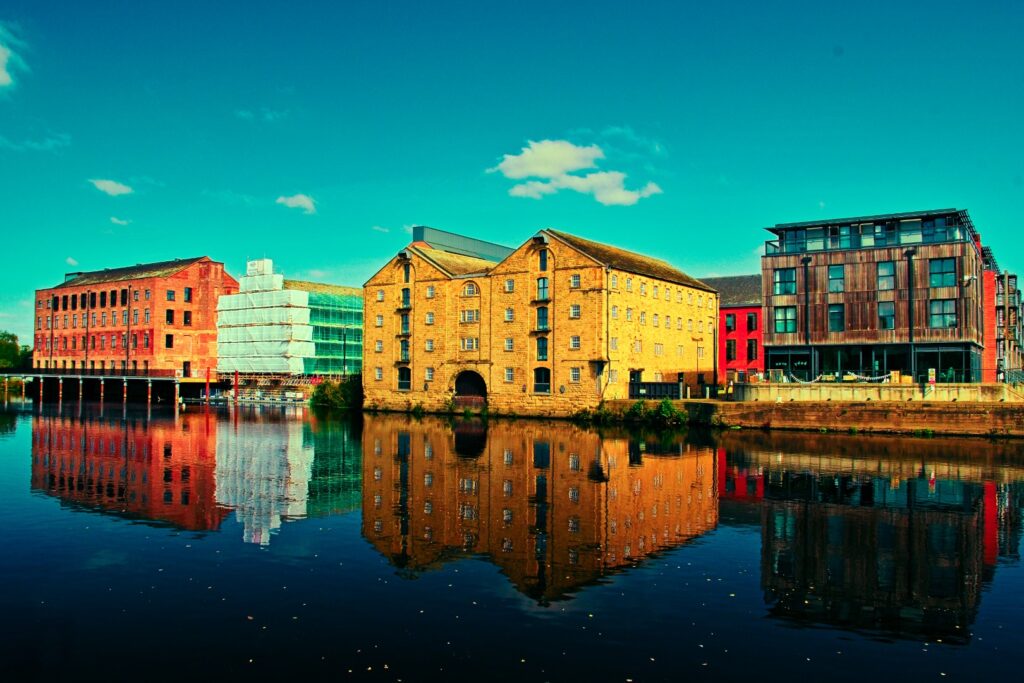
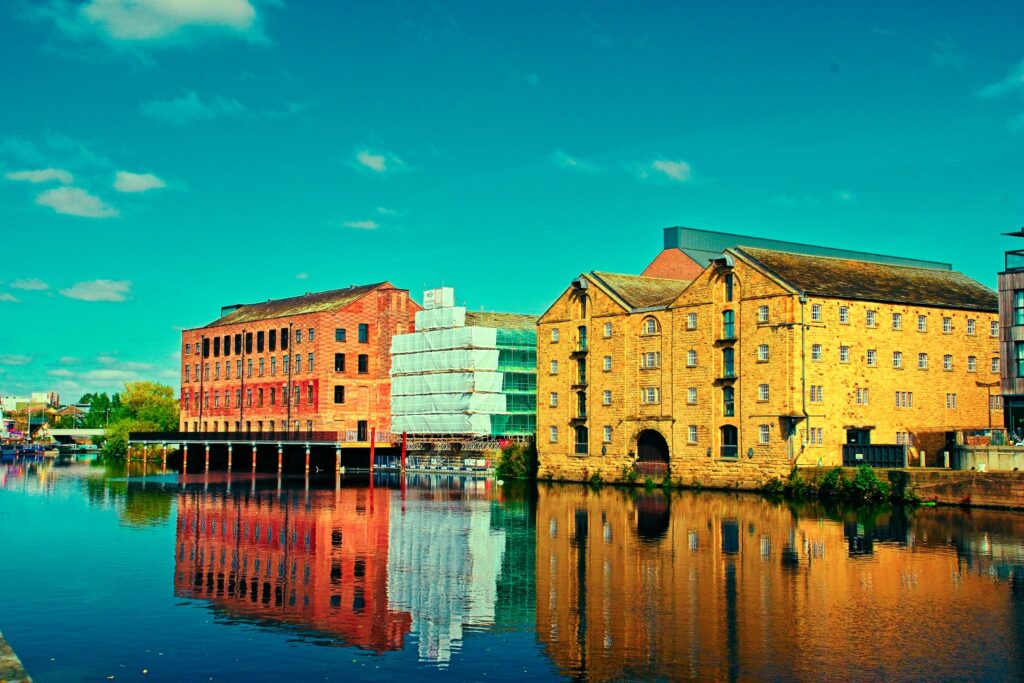
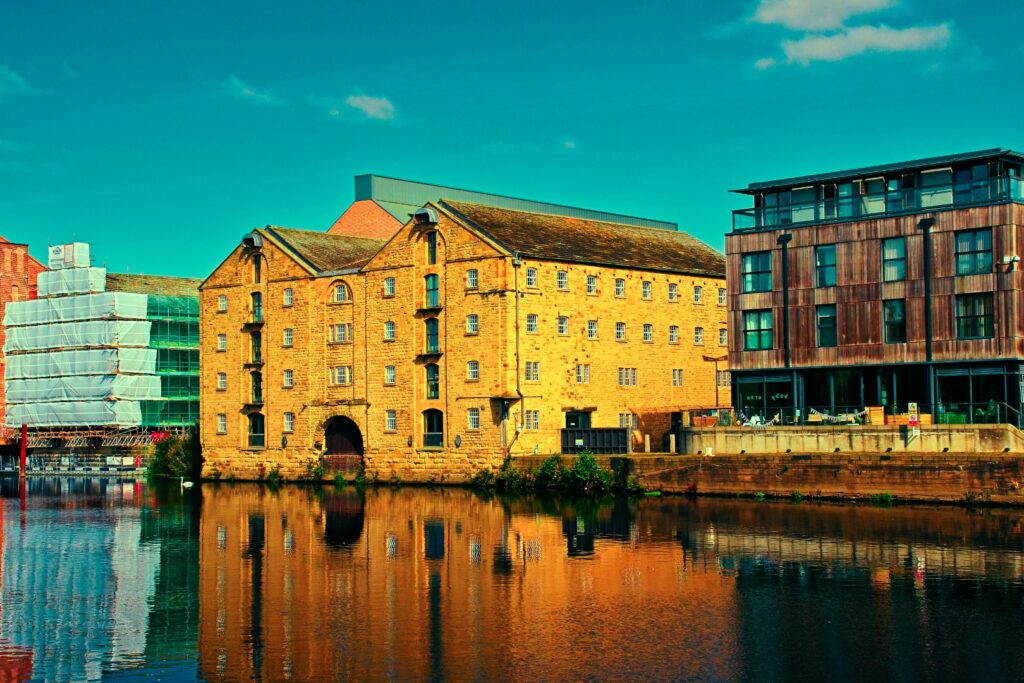
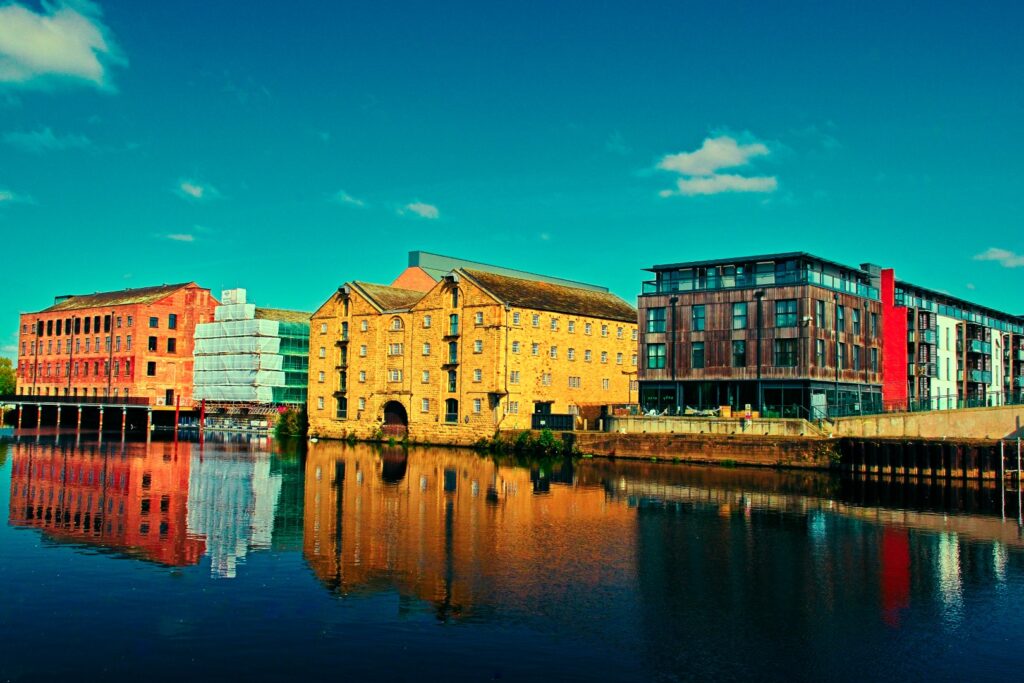
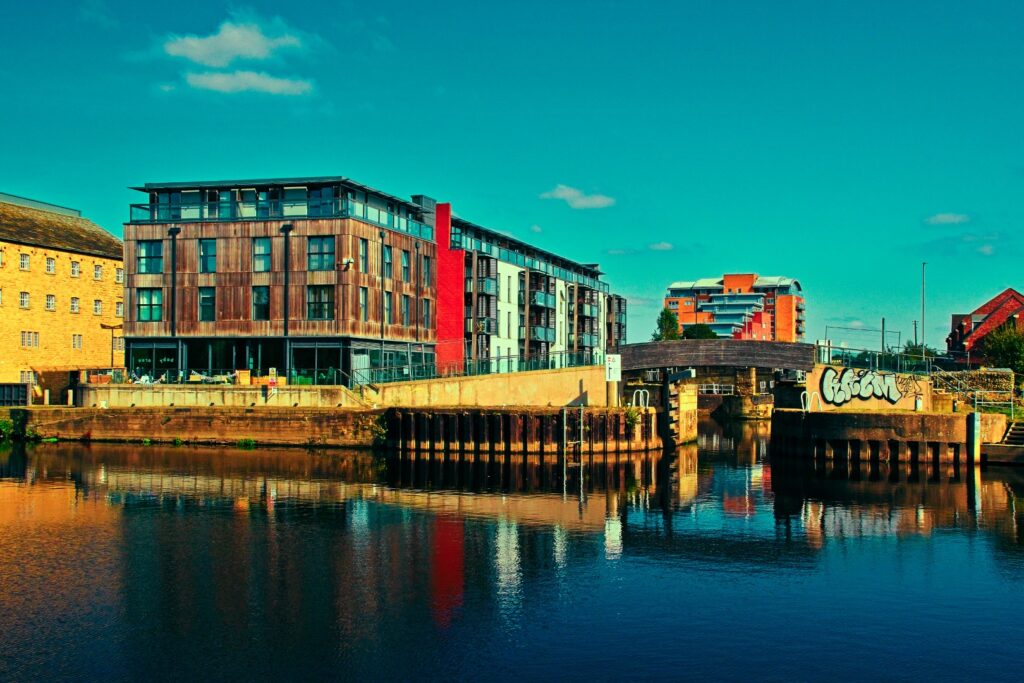

It’s very important to me to ensure that I maintain a healthy work/life balance & the company I work for is very supportive of this. Coupled with my strong thoughts and feelings on mindfulness and how I use my photography as an outlet from the pressures of every day life I try and take a regular walk of around at least half an hour each working day. Last week I managed every day and so far this week, both days (its Tuesday!). So 2 for 2 this week.
Near where I live there is the Trans Pennine Trail, a coast to coast public footpath that traverses the UK, from Southport in the west, right across the country to Hornsea on the east coast. Here, it goes right down the back of my house. The path and public walkways are overshadowed by tree’s, forests, ponds and beautiful patches of greenery. Have a look at https://www.transpenninetrail.org.uk/ for more information.
Today, I decided to take my camera. I usually walk up/down it with just my phone but I thought I’d take a little extra time and leave the path and see what I could find in the copse’s and tree’s. I thought that as the weather hadn’t been great I might find some mushroom / funghi – disappointed on that count – along with the autumn fallen leaves and colours of the season.
You can find the spoils below. No mushrooms but some nice autumn shots. Post processing was done in ON1 Photo Raw 2024. Proof that you don’t have to go far from home to find some nice shots.
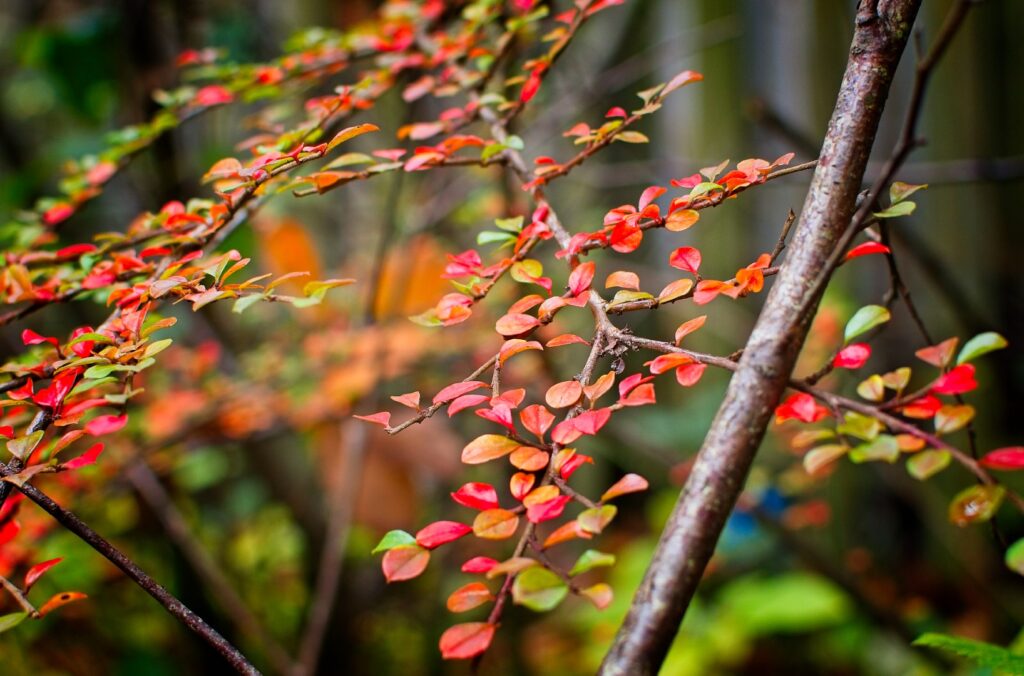
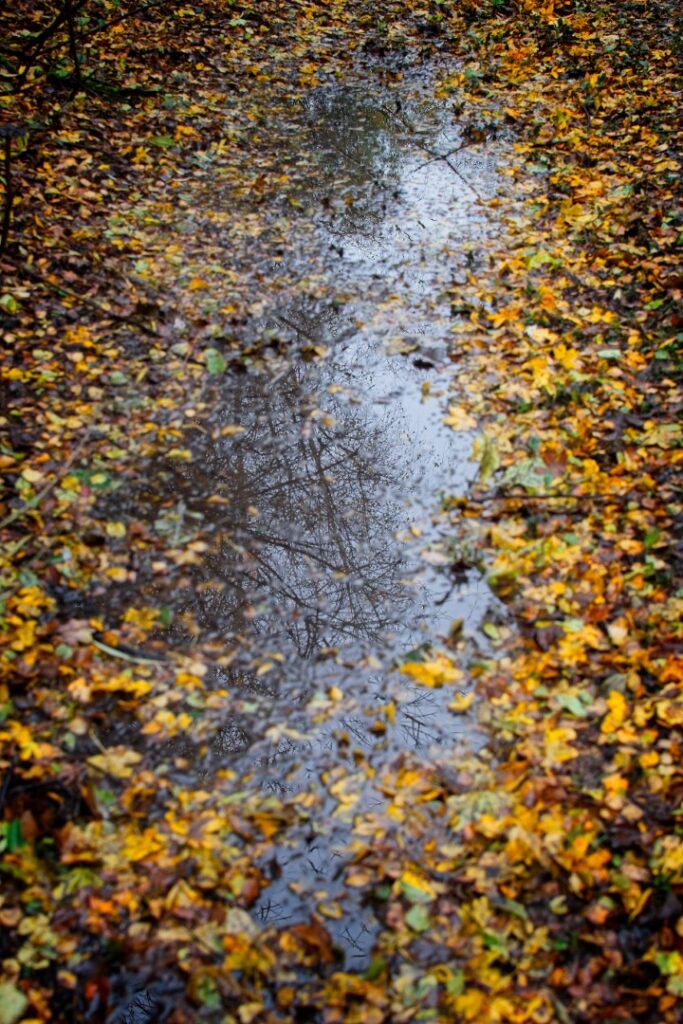
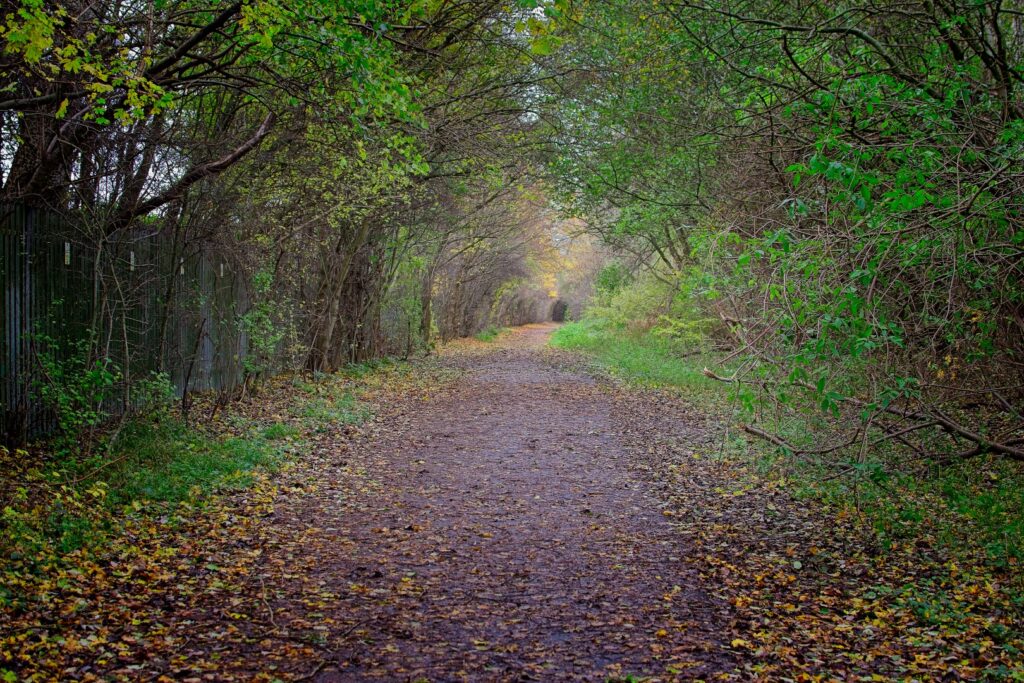
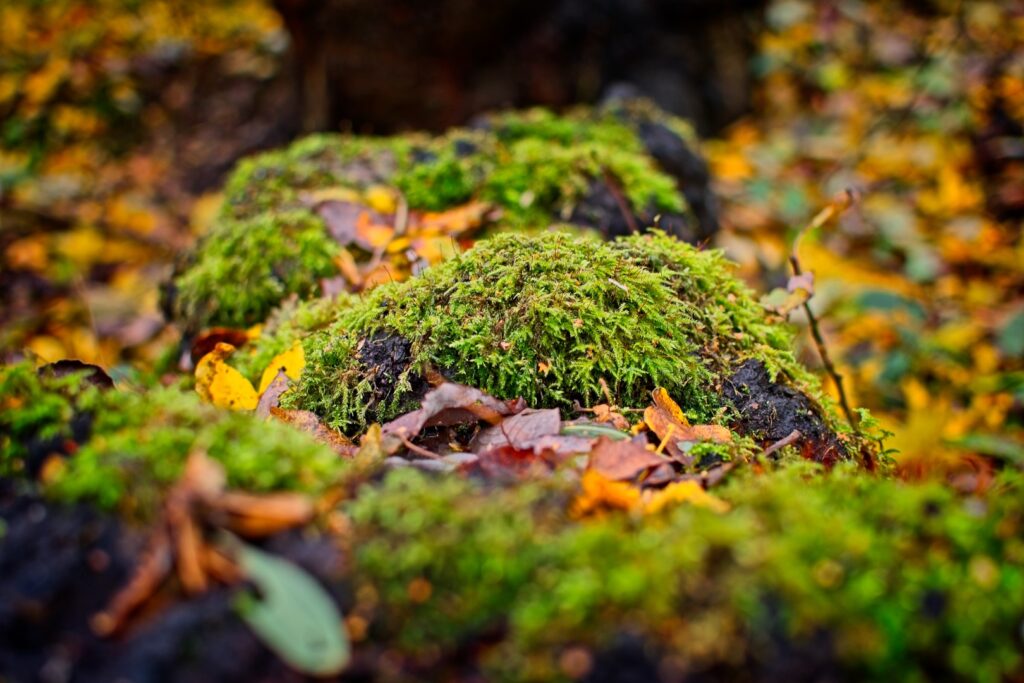
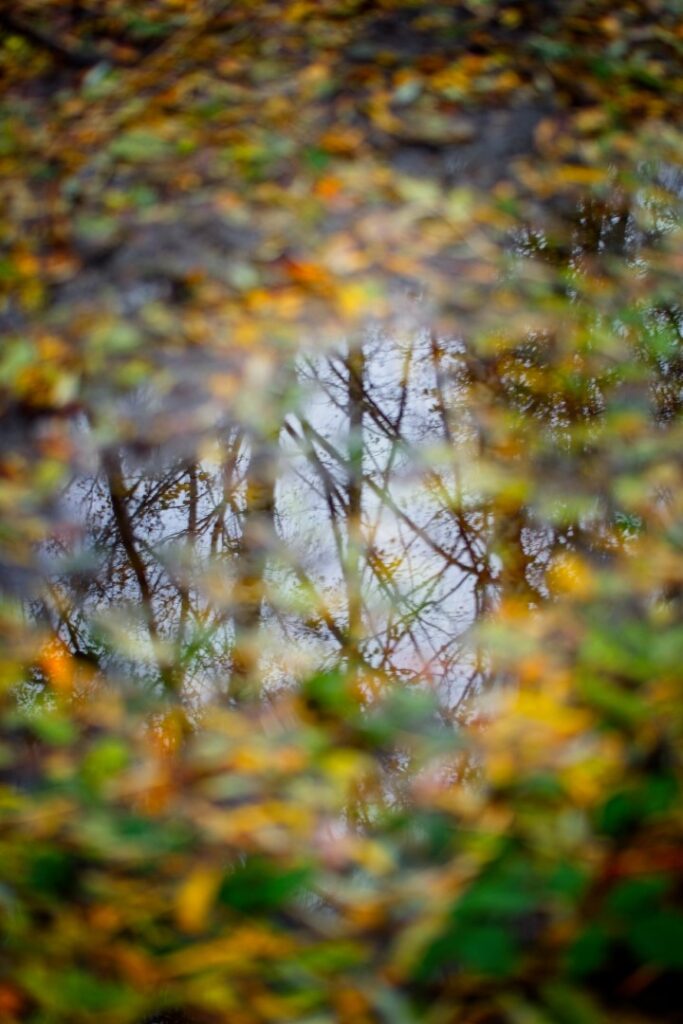
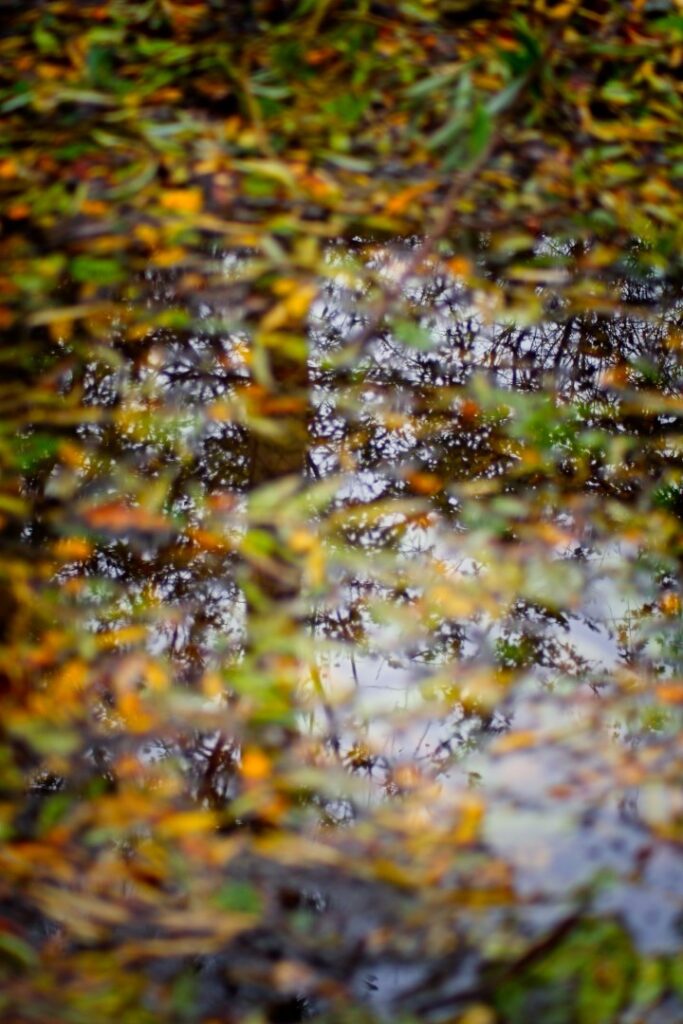
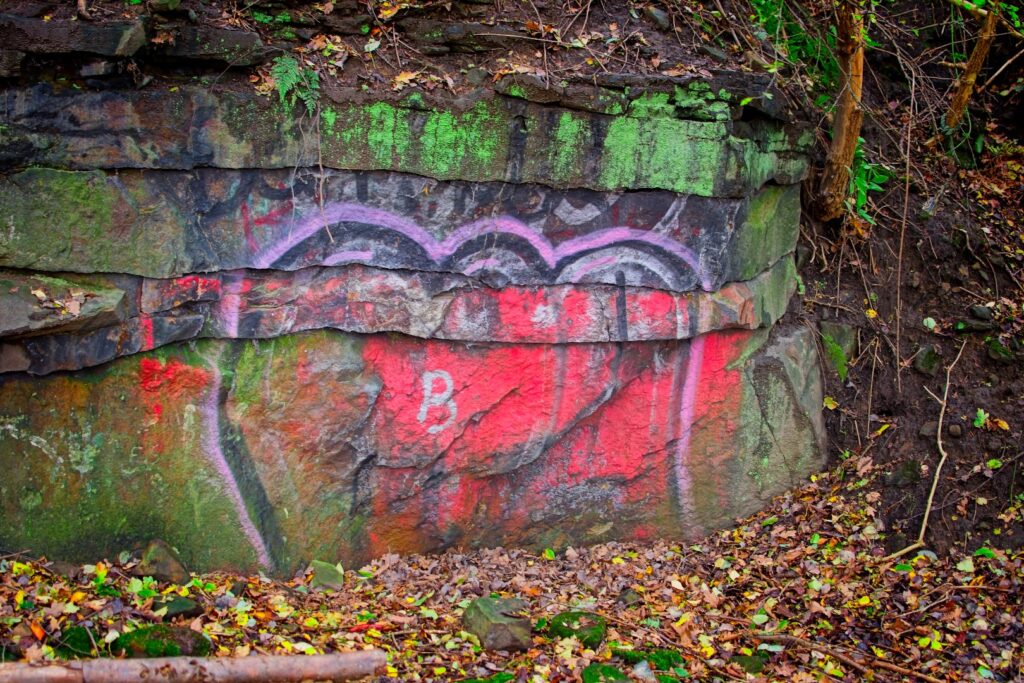
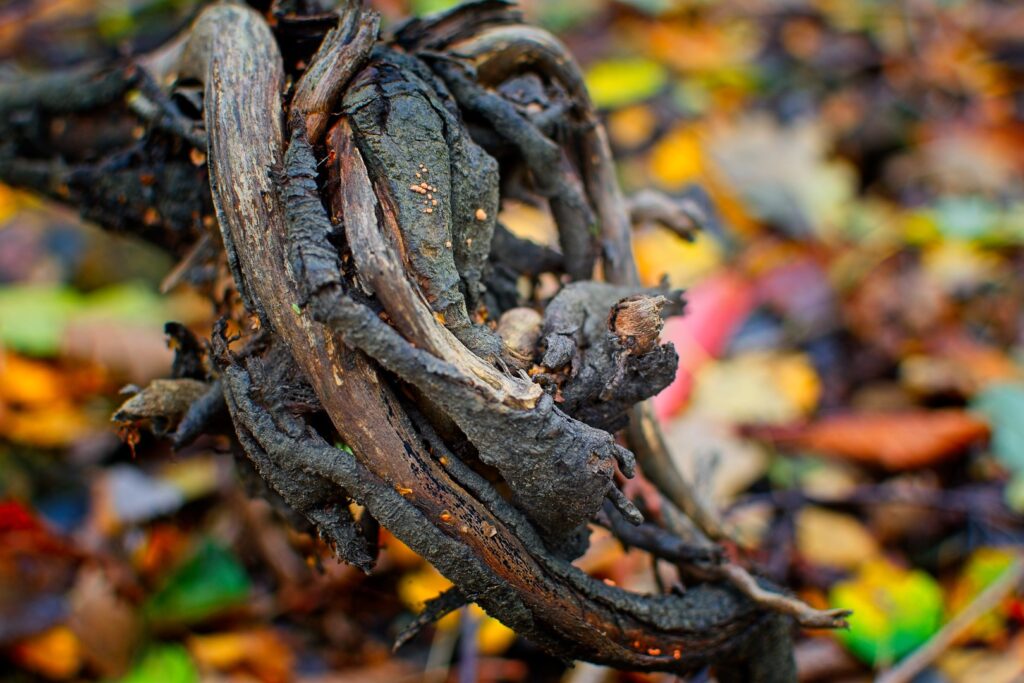
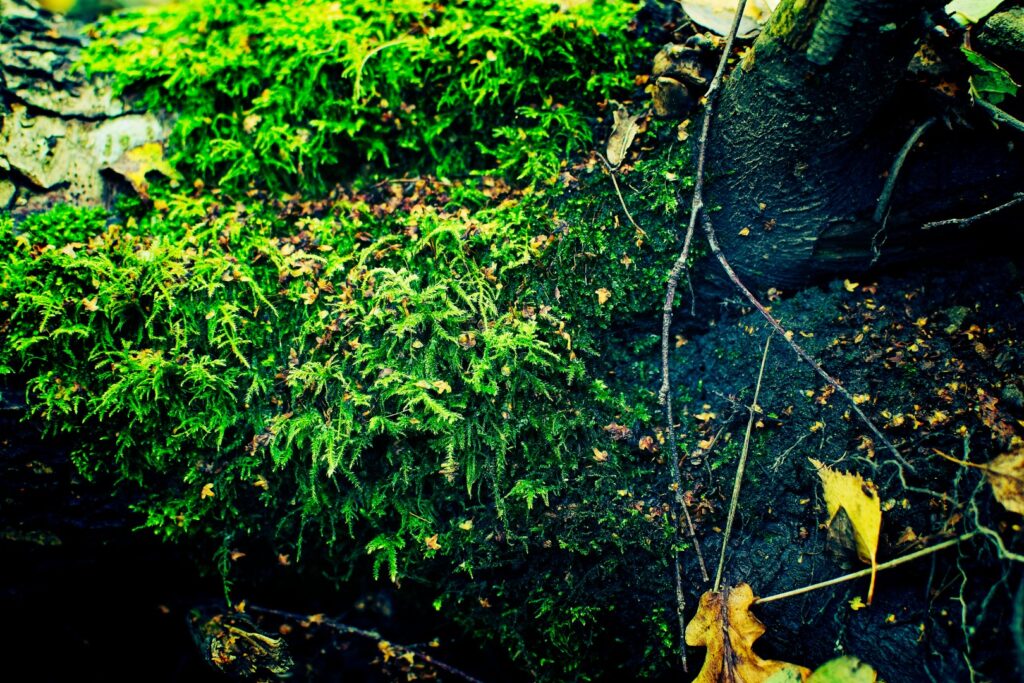
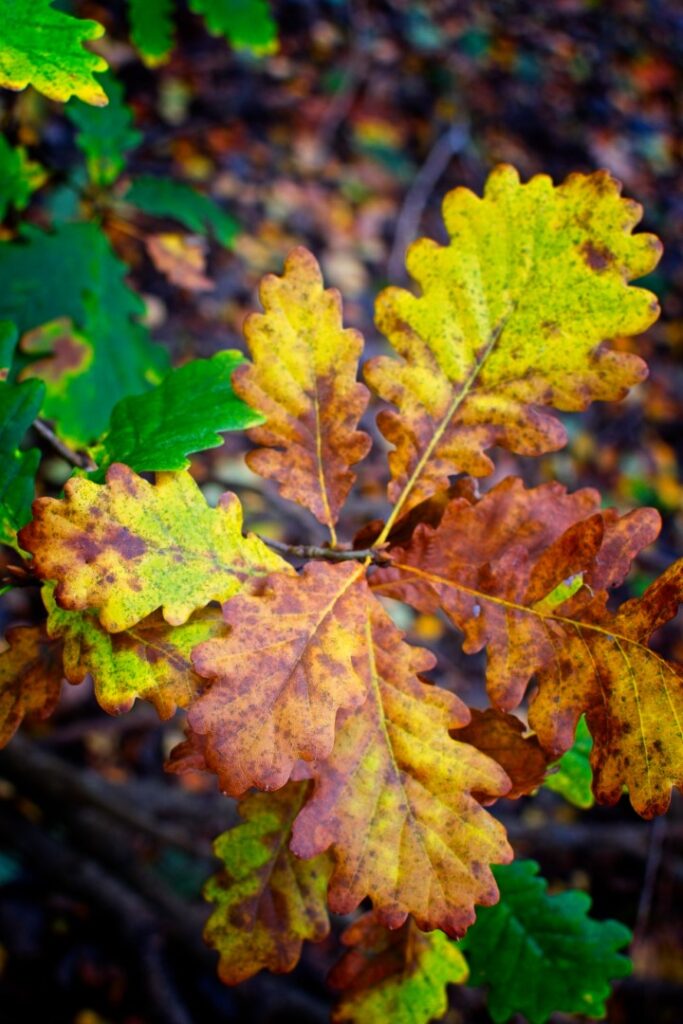
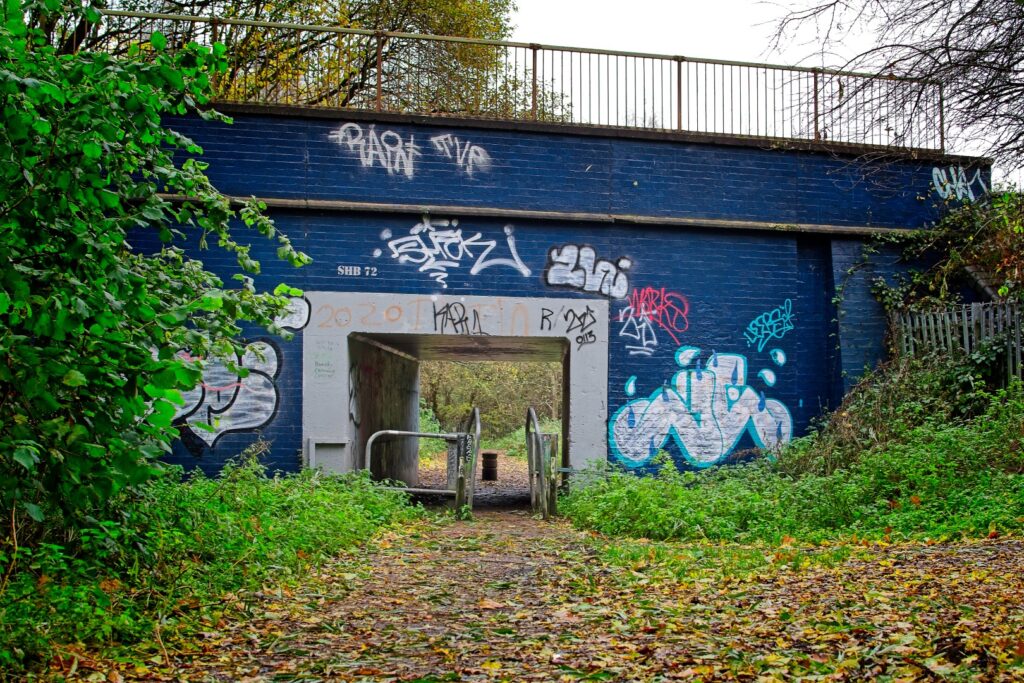
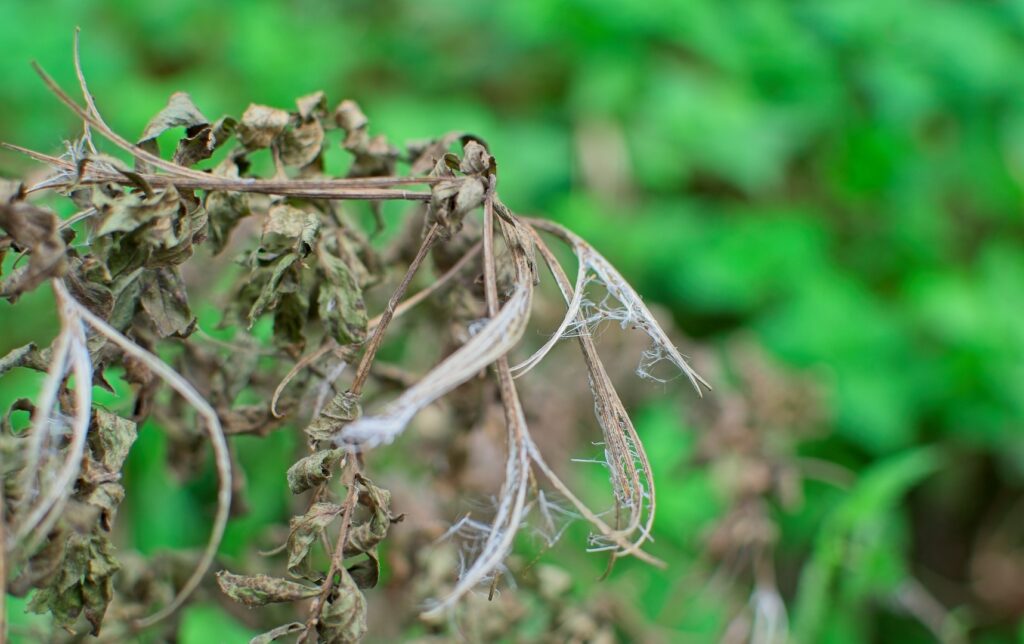
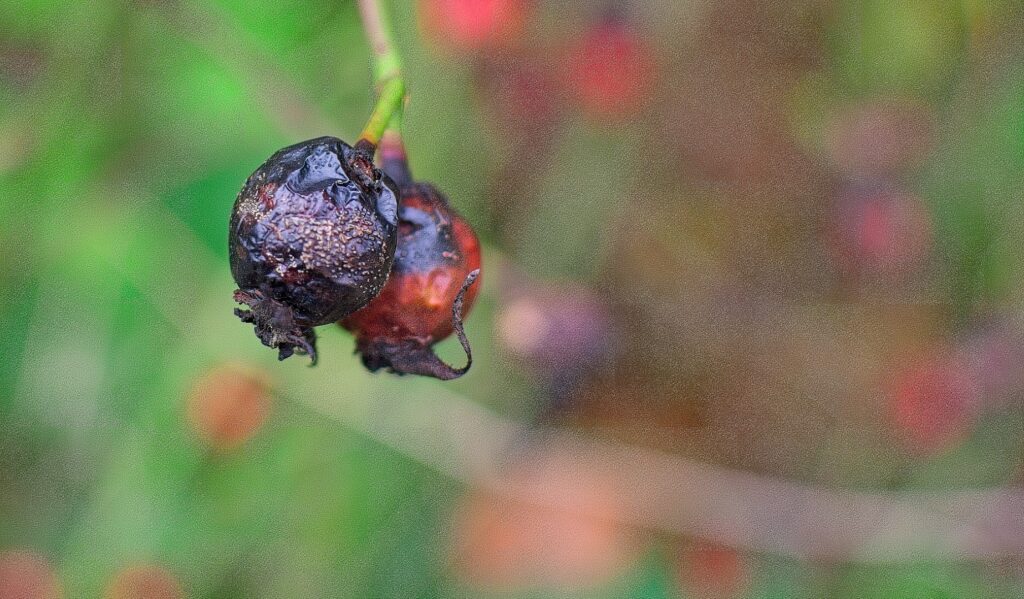
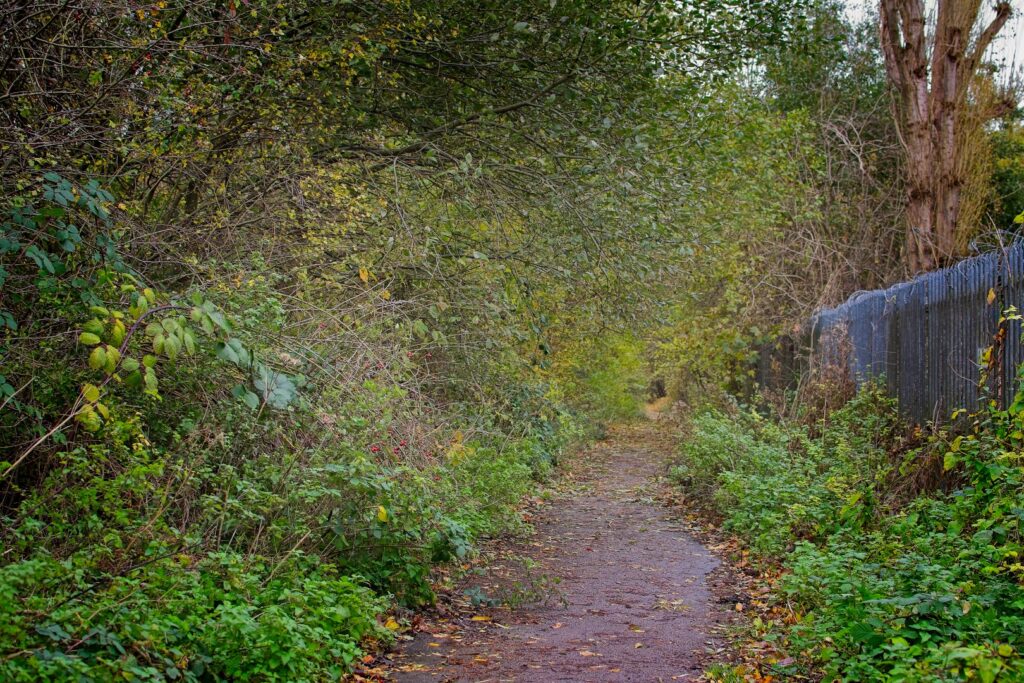
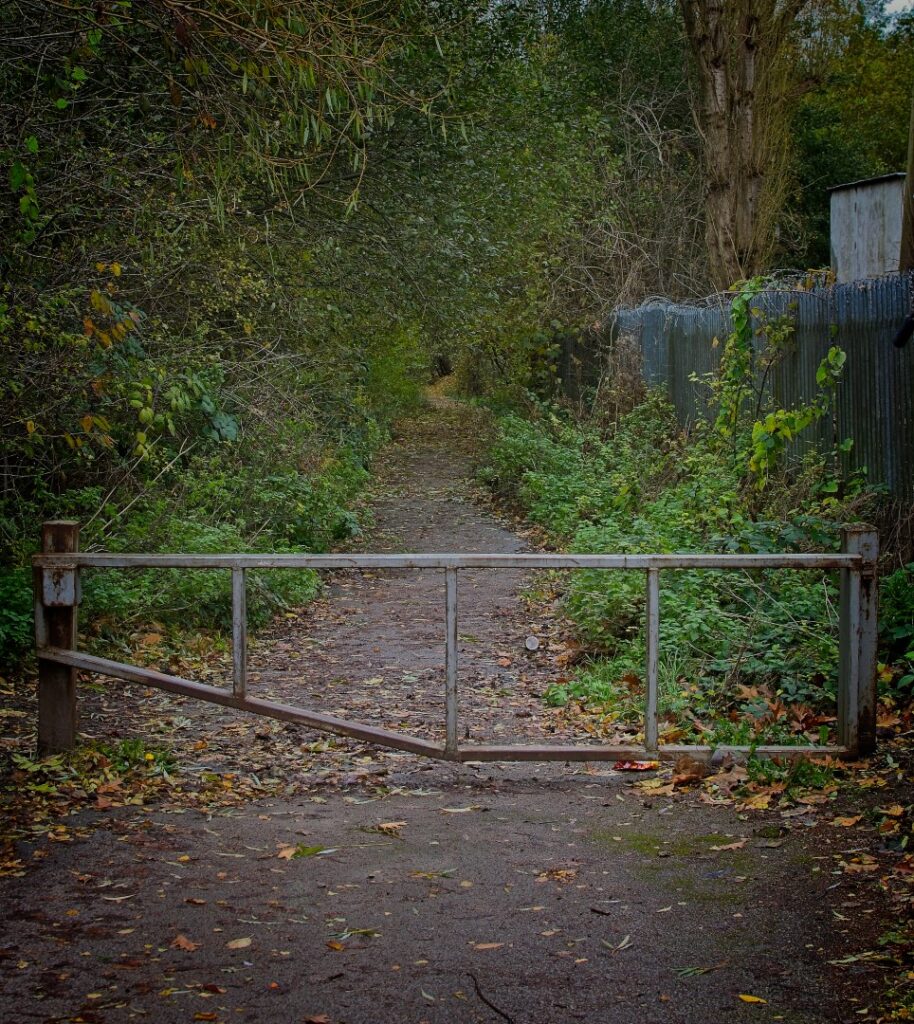
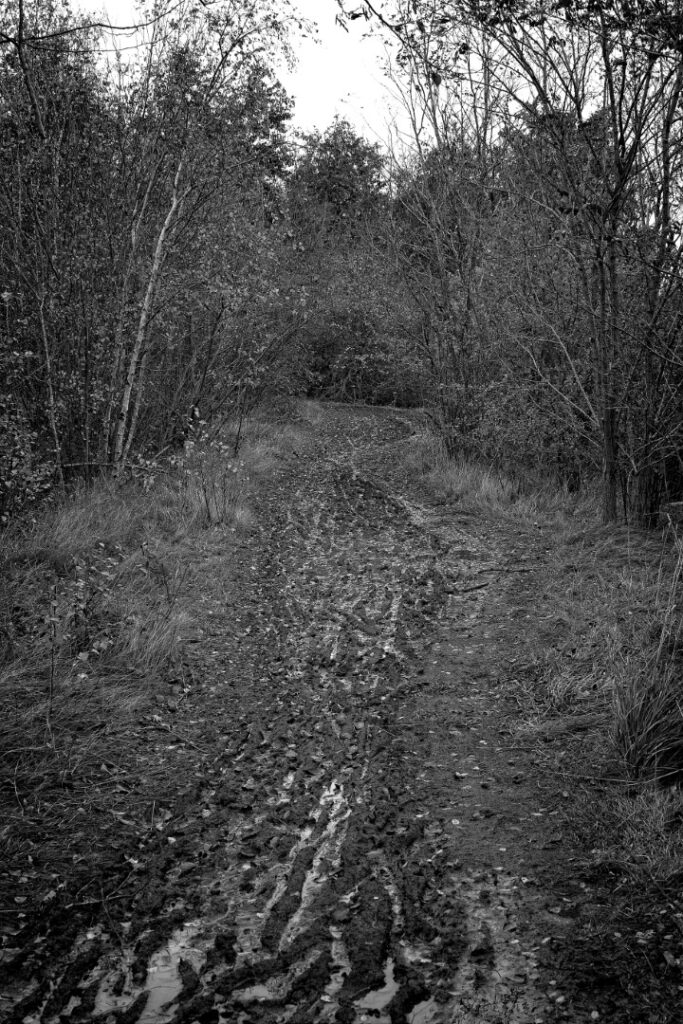
Just a quick post…I was leaving the house this afternoon, waiting for the fam-a-lam (as per usual I’m the first out and ready to go). It’s been a very overcast and wet day today, good old Yorkshire drizzle for most of the day so the ground and plants are soaked. There was a fantastic, part built spider web with some beautiful water droplets right outside the front door. So here it is, preserved for you. Taken on my Google Pixel 7 Pro and edited using the in camera tools.
Enjoy! You don’t always have to travel to get a nice shot.
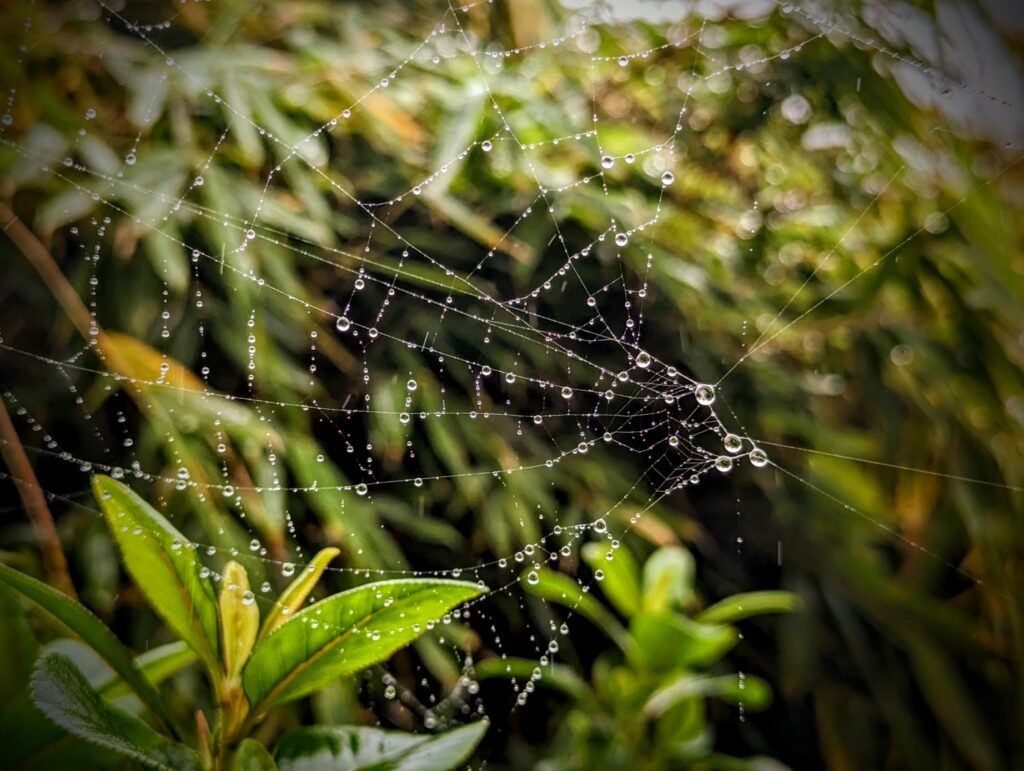
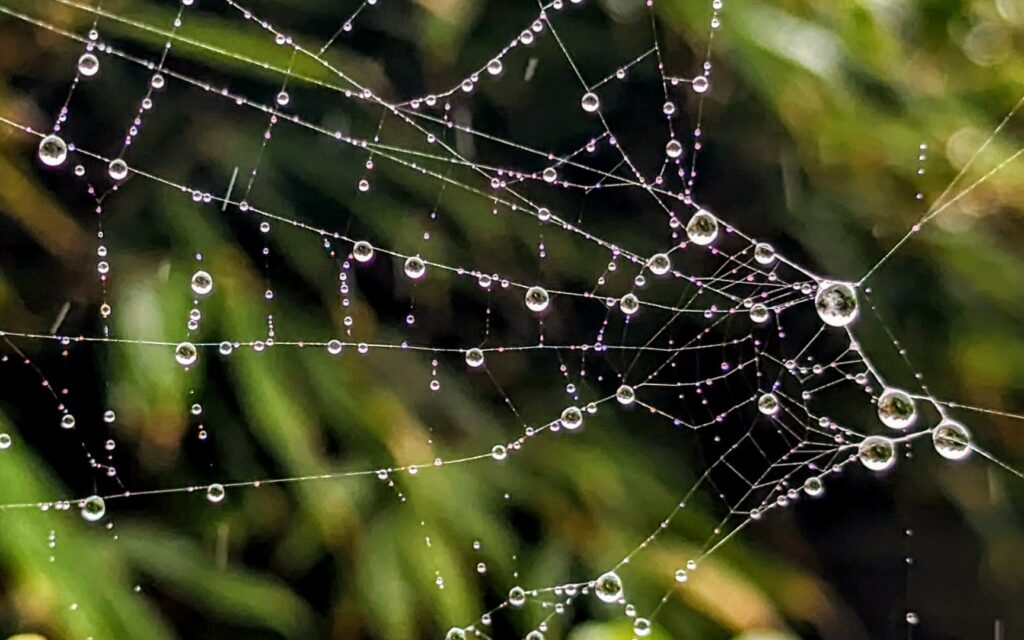

I recently took a day out and travelled up the Yorkshire coastline, starting at Flamborough for sunrise, finishing at Whitby at the end of the day and calling at Scarborough and Saltwick Bay. My aim was to capture some some black and white coastlines / seascapes that I felt weren’t half bad for a first attempt. See how they turned out….
Amazingly there are two in August 2023. This video will show the best methods to capture both. Useful for a watch even after this event has passed for some general tips on photographing the moon.
Video from PhotoPills.
Free feature length tutorial from Taylor Jackson around how to approach landscape photography in particular travel landspcapes.
I’ve seen quite a few posts on FB recently of mushroom pictures. Not just snaps of some in a plastic container from the supermarket but some pretty stunning images of wild mushrooms out in the forest / woods with some pretty cool lighting. Some are awesome and they inspired me to go out on a mushroom hunt myself.
There’s a reservoir near where I live and its surrounded by a patch of woods. It had rained quite heavily the day before so I thought I had a good chance of finding some. Now, this is my first outing to capture mushrooms in the wild so I didn’t have any high expectations but I thought I’d see what I can do.
Wandering through the woods I found a few as you can see in the images below. I learned a few lessons here and will take them into my next attempt. I realised beforehand that I would probably need to focus stack when I returned home as I was using my 35mm lens but I made the mistake of thinking that I could handhold the camera whilst shooting. I’m not bothered about getting dirty or messed up whilst out shooting but for most of the shots I was crouching down rather than resting my camera on a solid base. Mistake. A tripod might have been too high as most of them were at ground level (some were on tree trunks so I could have used it then) but I should have found something to rest the camera on and used a cable release / remote trigger.
Another mistake was lighting. Some of the images I’ve seen recently have the inside of the ‘shrooms lit (not sure how that’s done yet) but I could have taken my torch and some coloured gels to create some nice effects and not relied on natural light (lots of shadows in the wood and limited light) or the camera flash (too harsh).
Overall I was disappointed with my efforts but I managed to rescue some. I used Lightroom to post process and focus stacking was done in Photoshop.
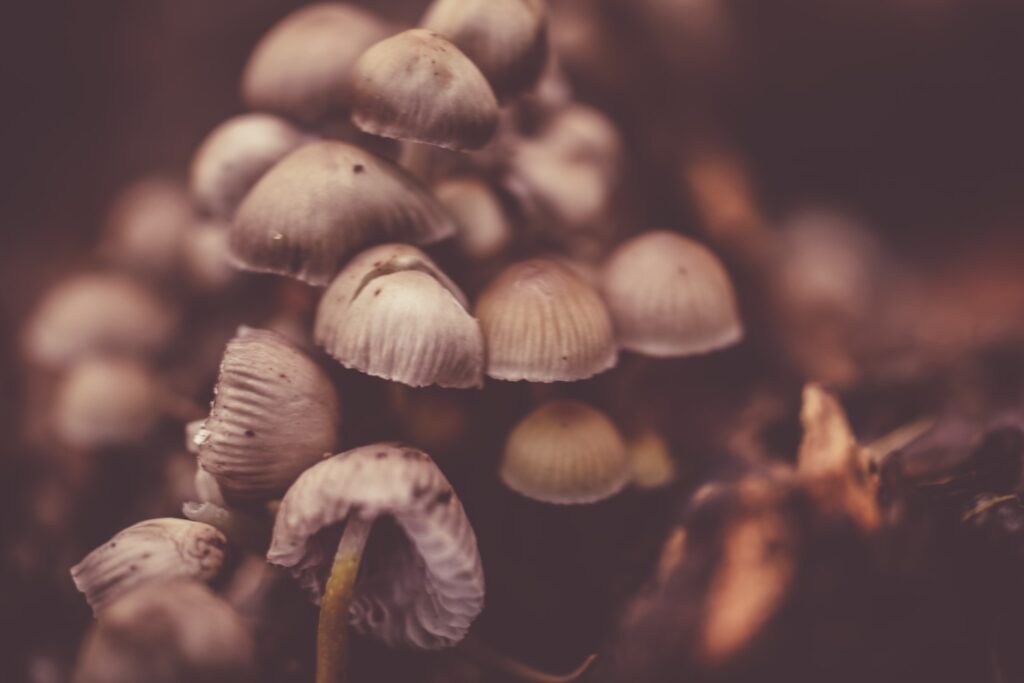
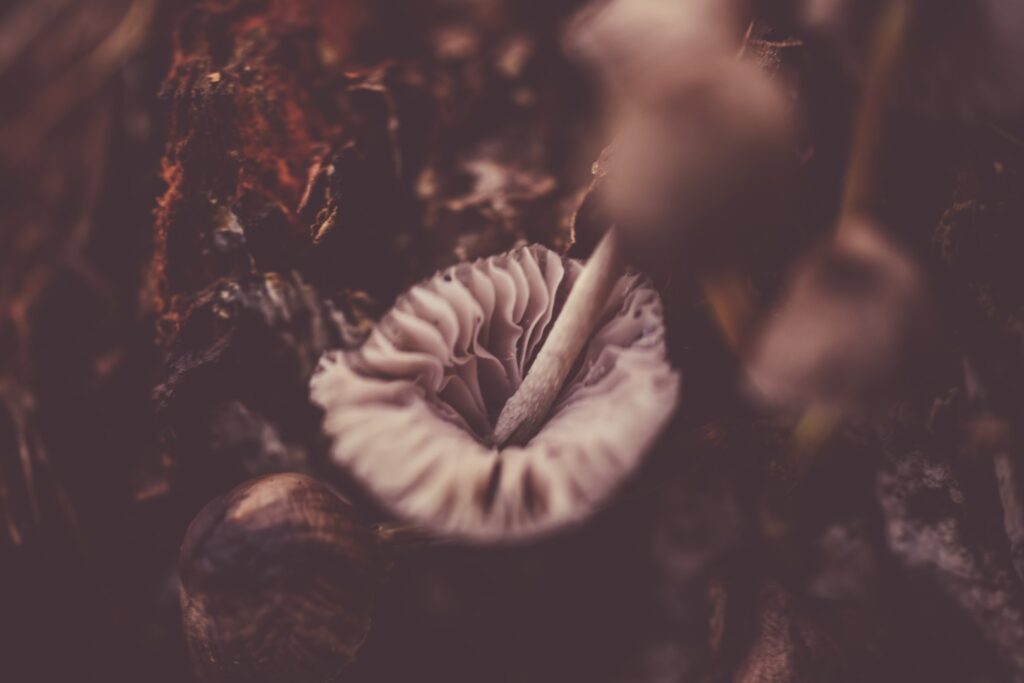
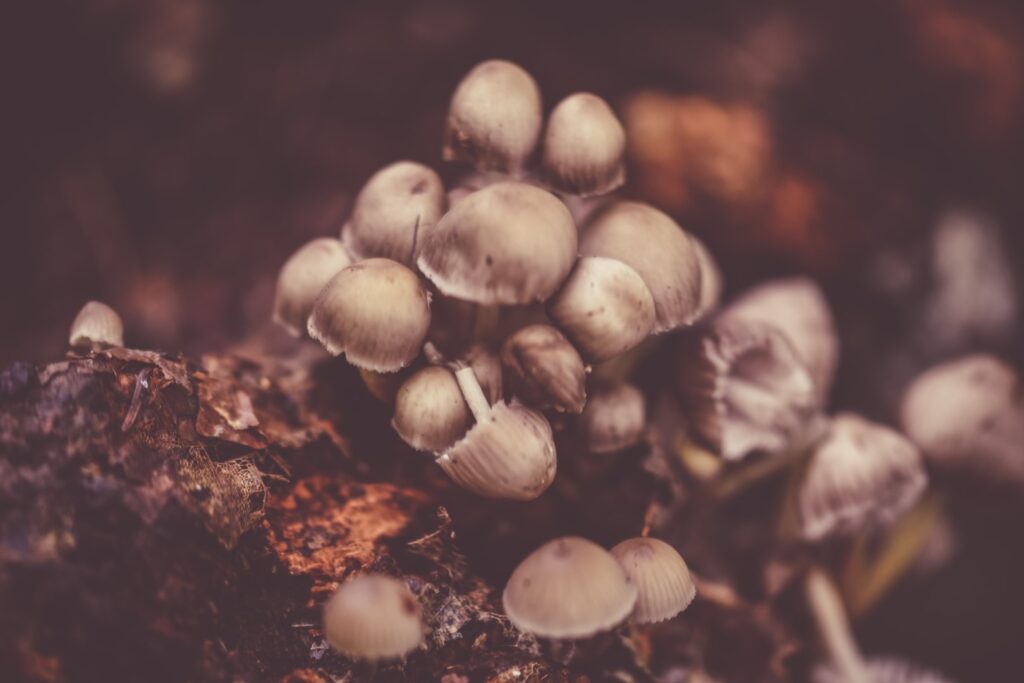
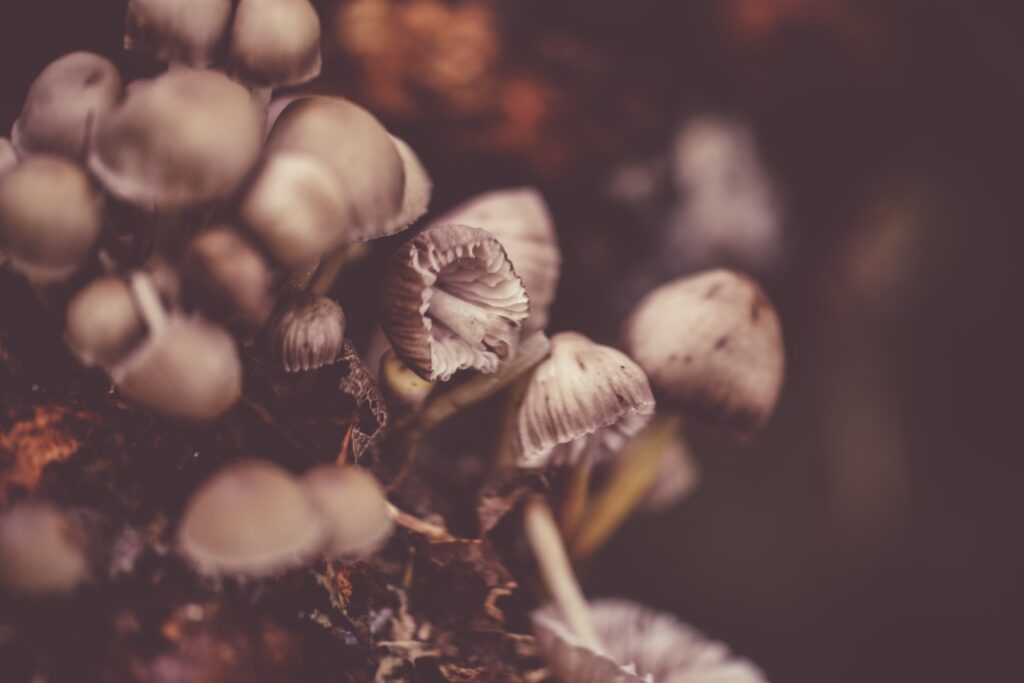
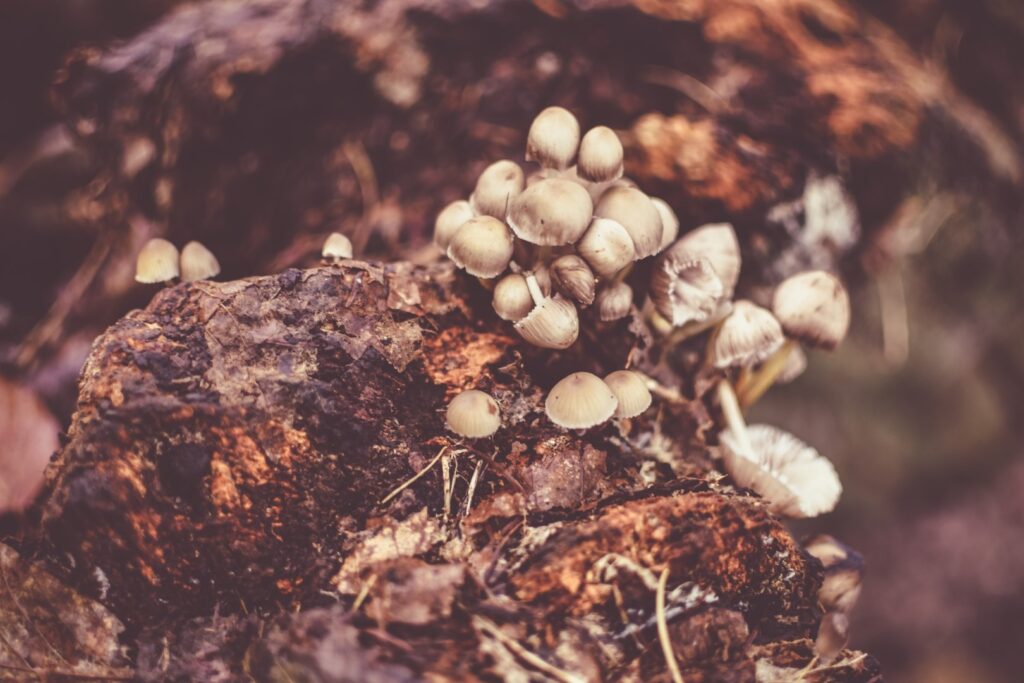
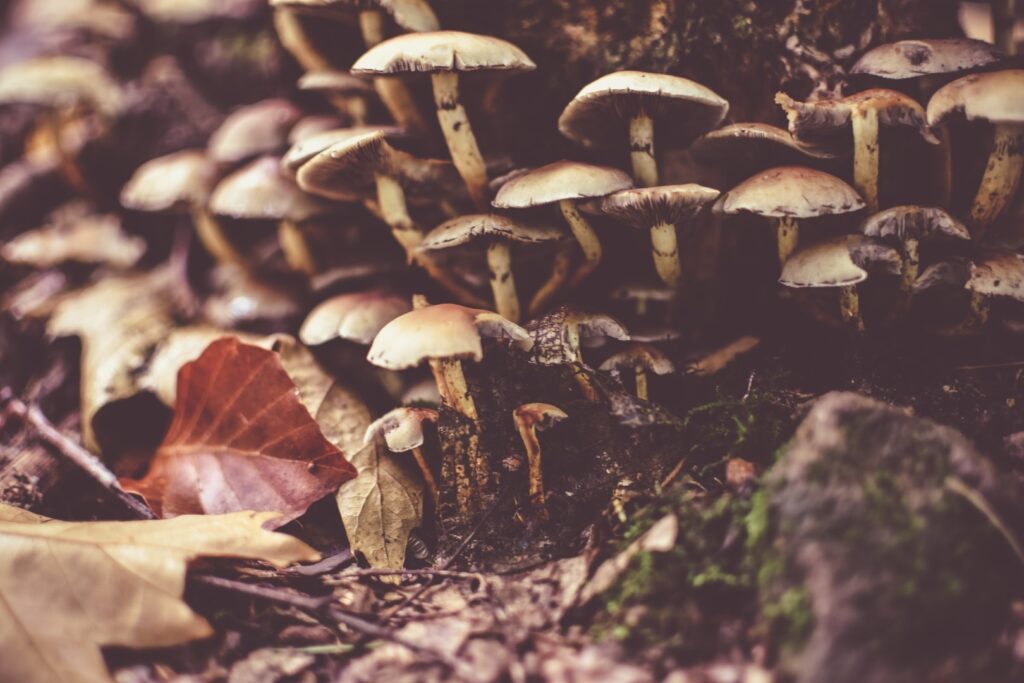
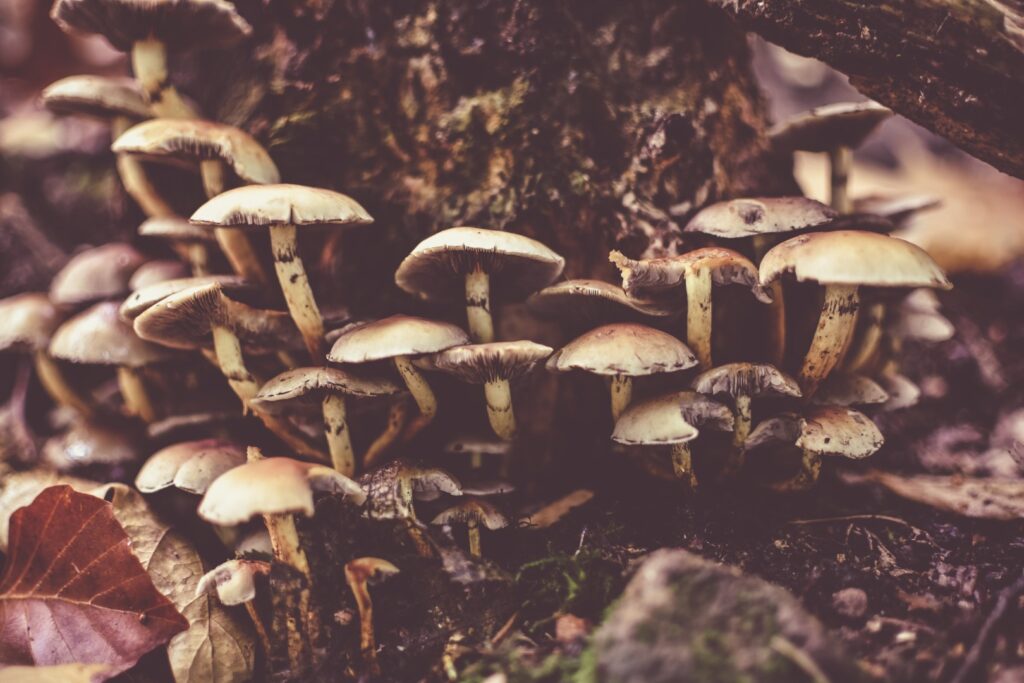
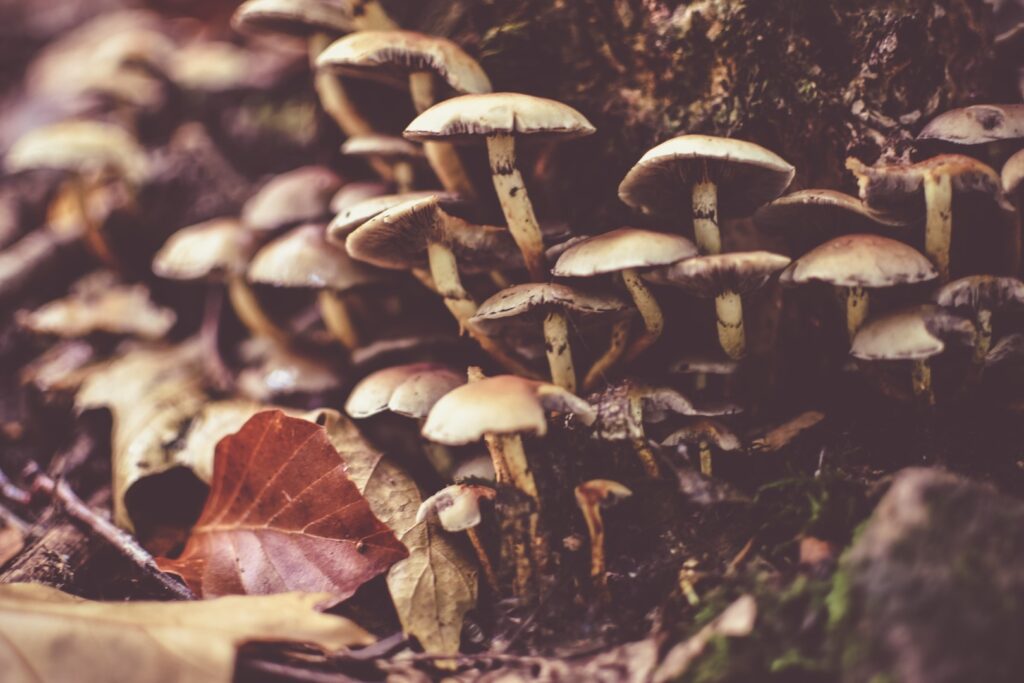
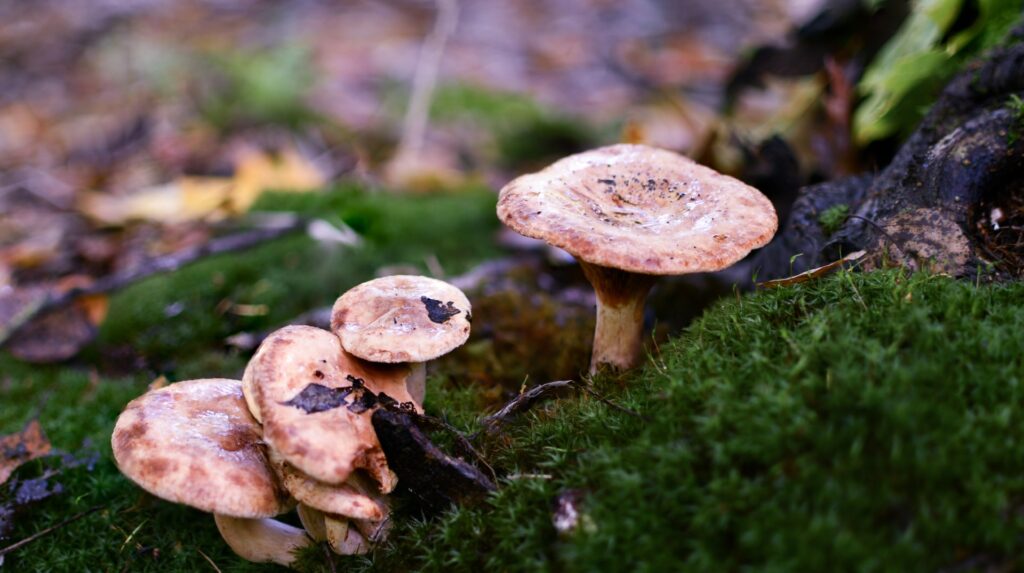
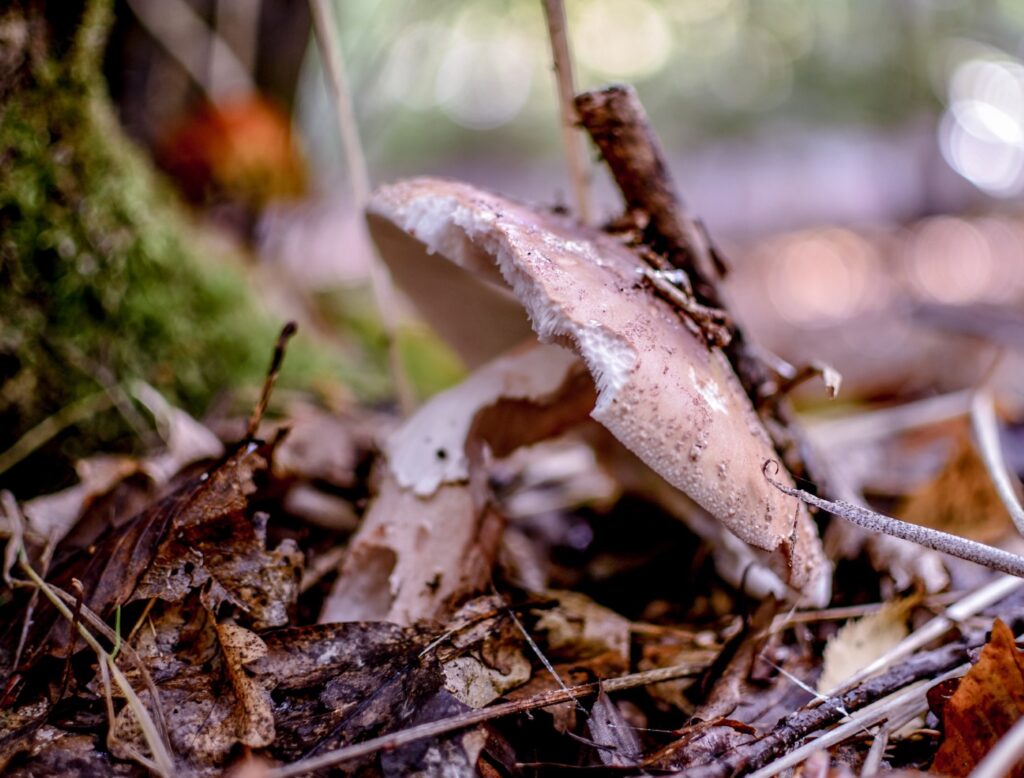
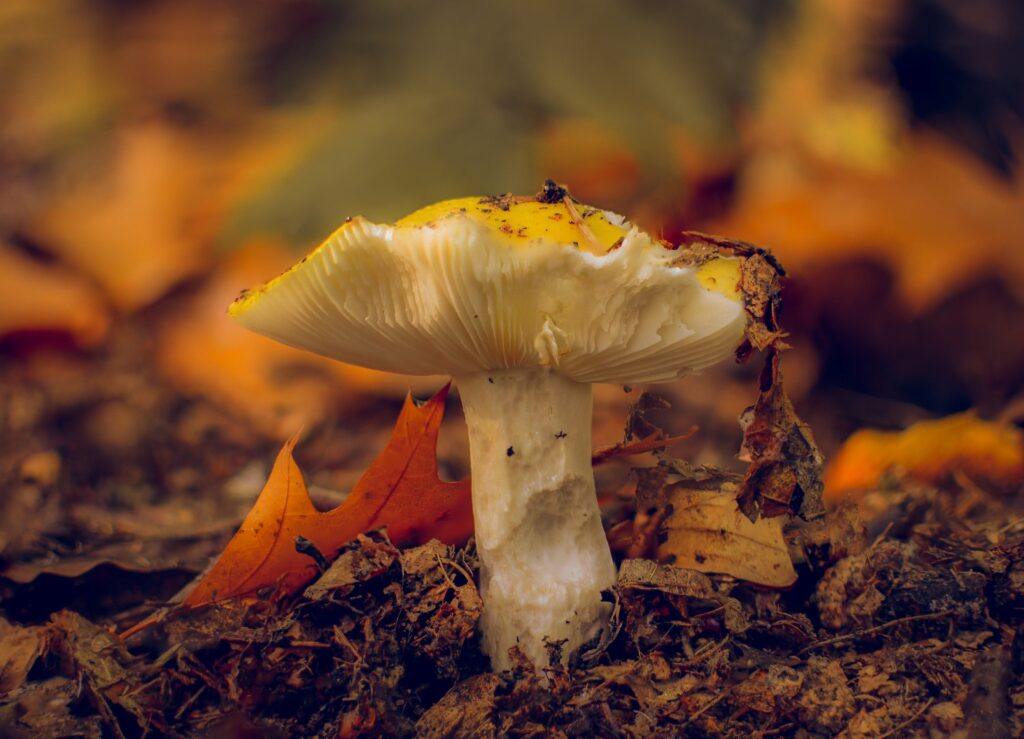
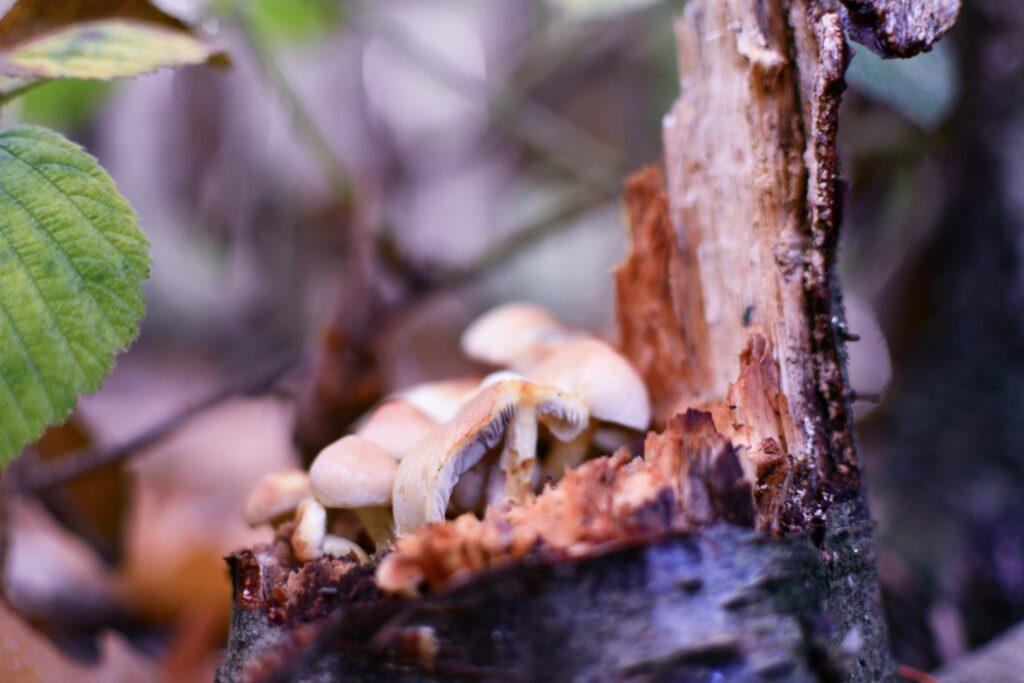
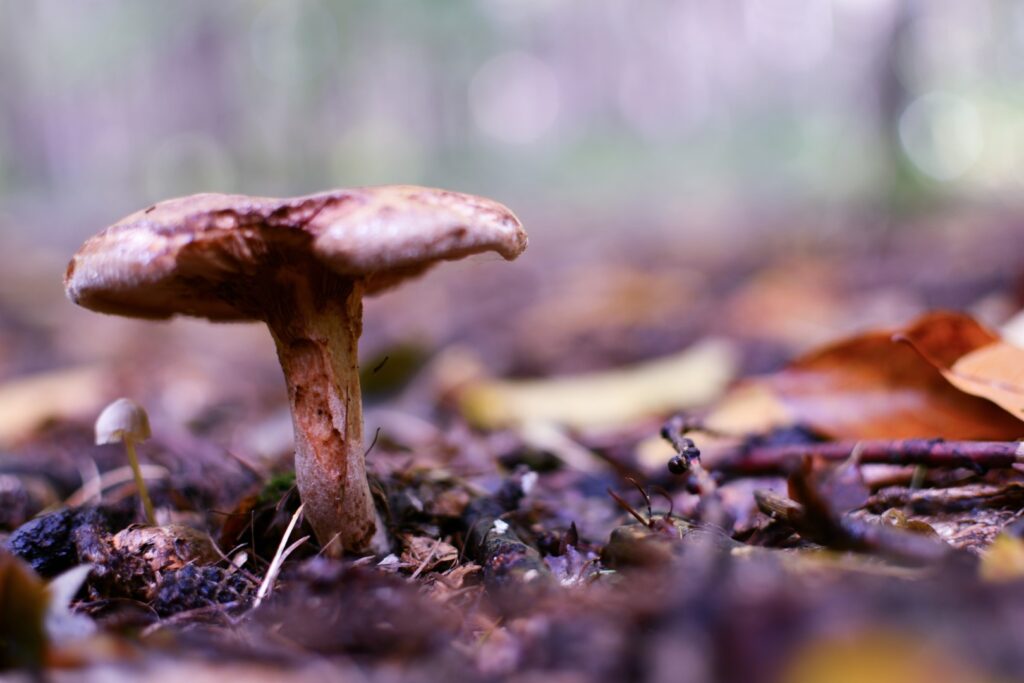
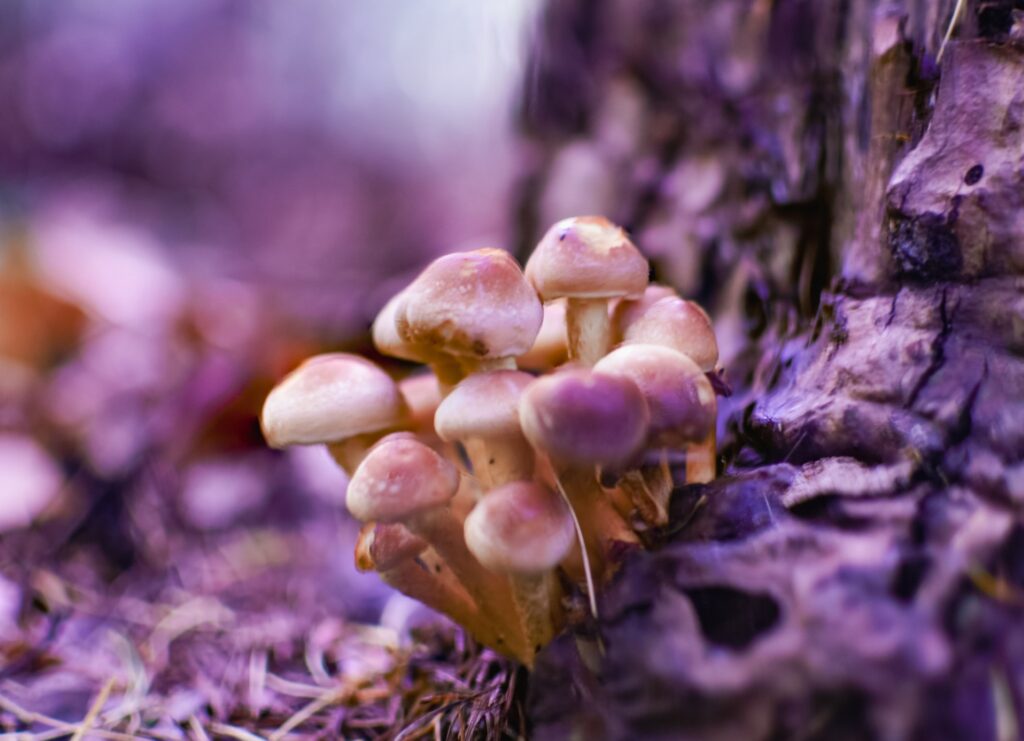
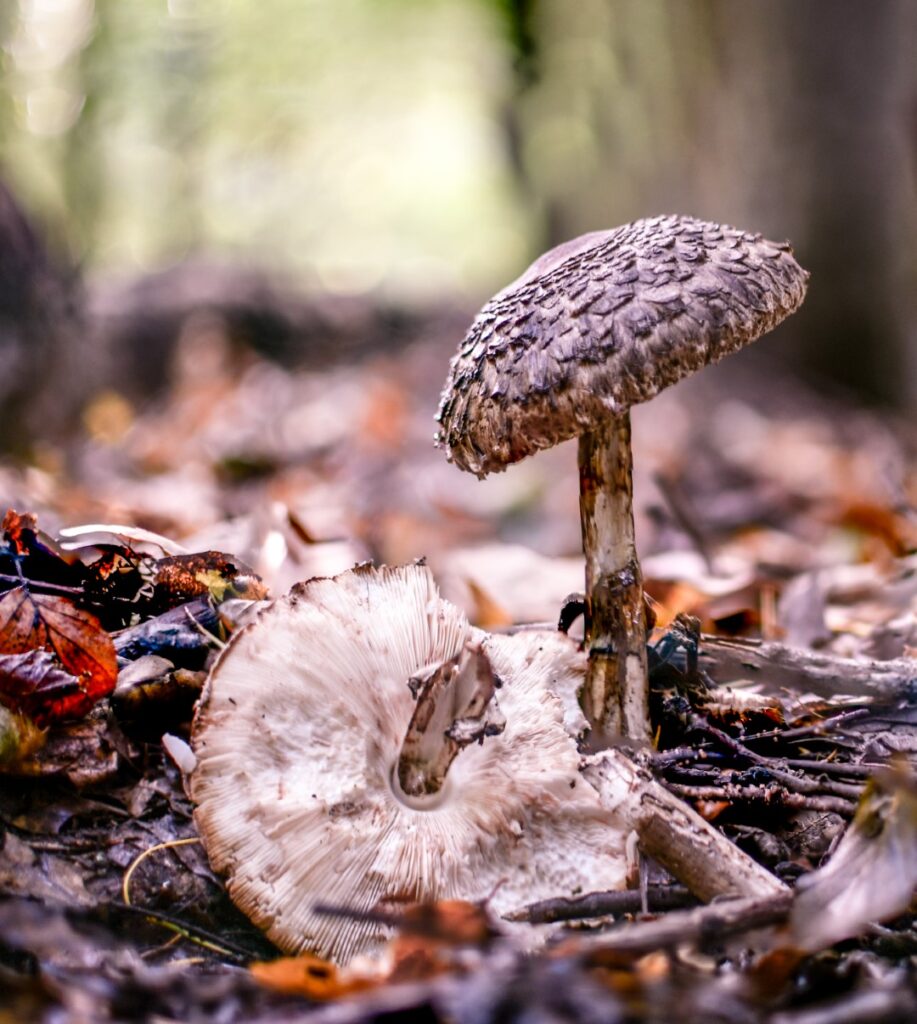
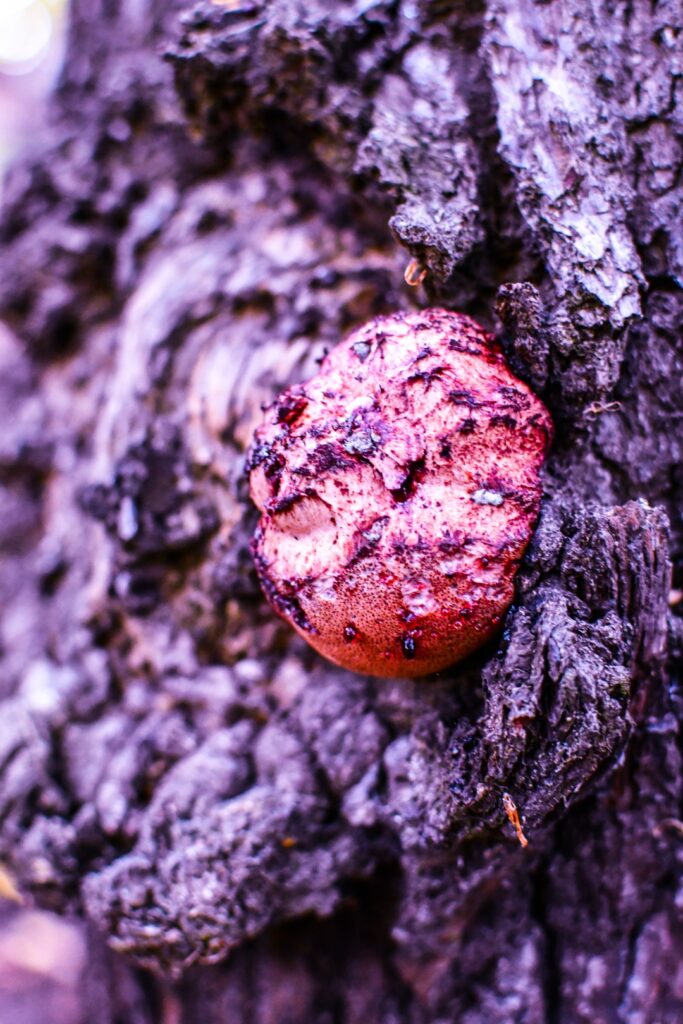
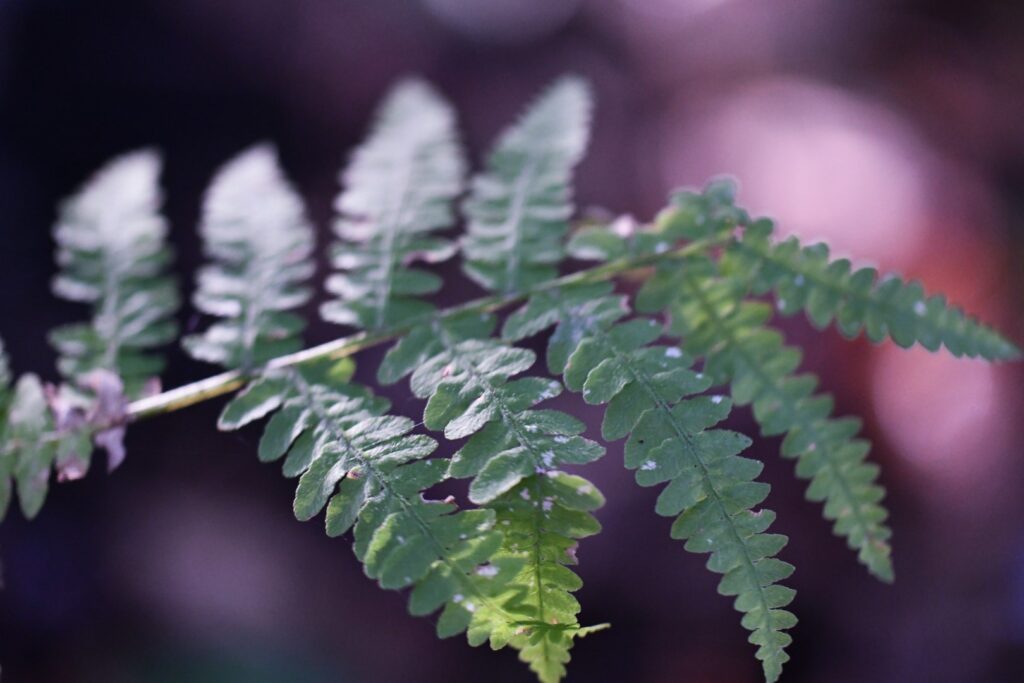
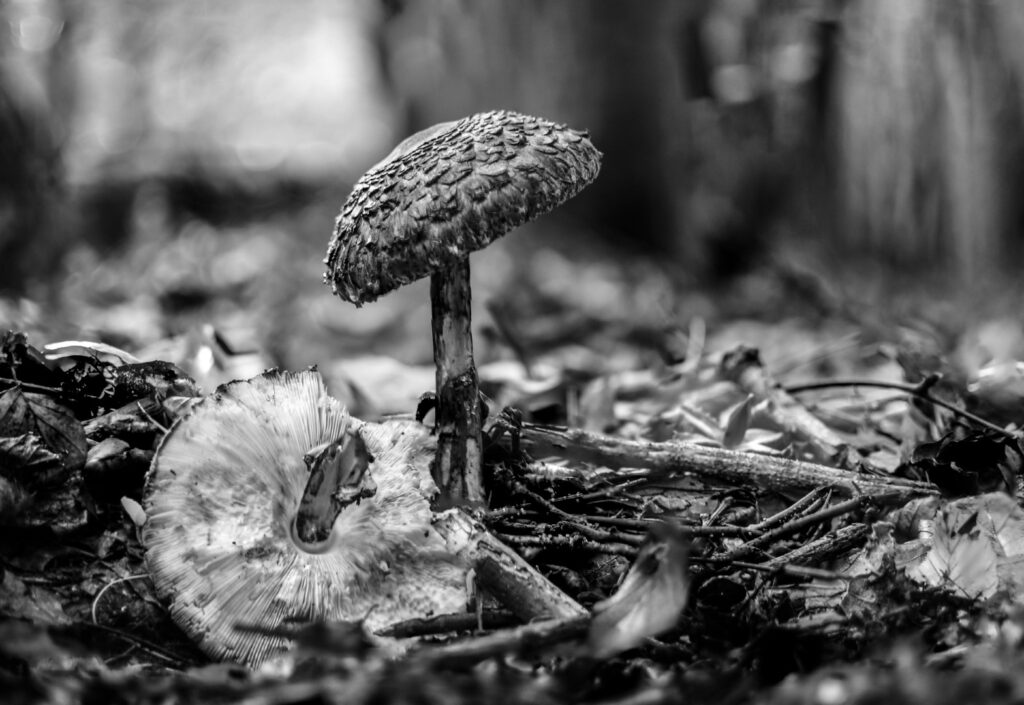
In shutter mode you have total control over the speed of the shutter. You set the speed depending on what you are trying to achieve and the camera makes decisions for the other parts of the exposure triangle – ISO and APERTURE.
If you want to capture something static select a fast shutter speed and the moving object should be caught nice and still – if you’ve set it fast enough.
If you want to portray movement then slow the shutter speed down and you get motion blur of moving objects in the image.
Depending on what you select the camera will choose the aperture and ISO to suit the available light in order to attempt to capture a balanced, well-lit image. It can’t always do it right but it tries to do a good job using the information it has by sampling the scene.
Other factors will come in to play too and if you’re looking for a pin sharp image you should always be using a tripod and perhaps a remote to minimise camera shake. But that’s for another day.
To use this setting, turn the mode wheel of your camera to ‘S’ and then there is another wheel (usually near the picture trigger) to rotate to change the speed of the shutter. Remember it is shown on the camera display as either a number in seconds – 1″ is 1 second, 5″ is 5 seconds, etc. Alternatively for speeds of less than a second it is shown as a fraction – 1/2 is half a second, 1/8 is an eighth of a second, etc.
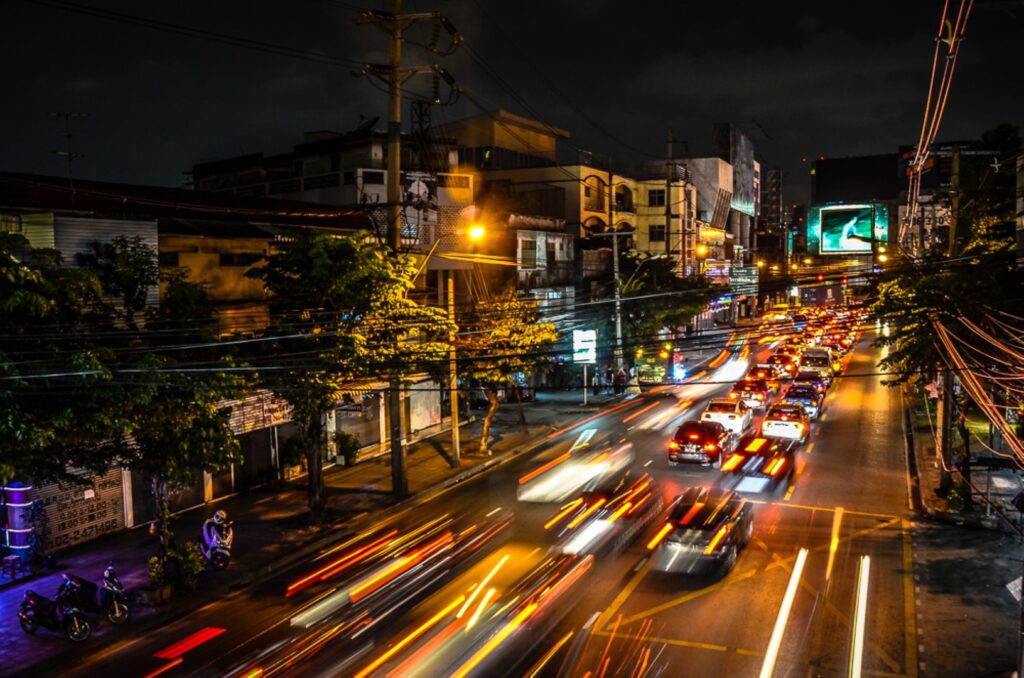
This image from the centre of Bangkok, Thailand had the shutter speed dialled in (2 seconds) and the camera decided that the aperture should be f6.3.
Depending on the camera make and model you can range from something like 1/10,000 of a second right up to 30 seconds. Beyond that there is something called ‘BULB’ mode where the shutter stays open for as long as you keep the picture trigger button pressed.
More on that in a separate section but essentially BULB mode takes exposures and shutter lengths to extreme times – above 30 seconds into minutes and in some cases hours. In this mode the shutter stays open for as long as the shutter button (or remote release) is depressed but be wary – this can dramatically drain the camera’s battery as these long exposures can demand a lot of juice!
Your road to professional quality pictures starts here! MANUAL mode is where all the big guns live – you have complete control over every setting of your camera and can use them all independently of each other to produce exactly the image you were intending.
Set the aperture and shutter speed and as you become more confident in your craft this will start to become easier and easier. It’s not like the old days when you had to wait for film to be processed to see the results! Check your image in the preview window and if you don’t like it, change those settings and try again!
Normally, as you look through the viewfinder you will see somewhere (normally at the bottom) some indication of whether the current settings will result in a good or bad exposure, displayed as a scale of exposure (under or over). Change the settings whilst you look through this and you can see this slide-scale change to what the camera thinks is the correct setting. But remember – this is your image and you are attempting to create a particular look so don’t always rely on this in just the same manner as you don’t always trust the settings on the full AUTO mode. This is your image after all!
Manual mode gives access to super-long exposures for night time photography (or astro photography). The image below was taken in Bangkok using fully Manual mode. Note how most of the image is static (buildings, road, etc.) but the moving traffic is caught as a blur with their lights being the predominant element captured but you can see some ‘ghost’ parts of the car bodies. This type of night image is known as a ‘light trail’ image:
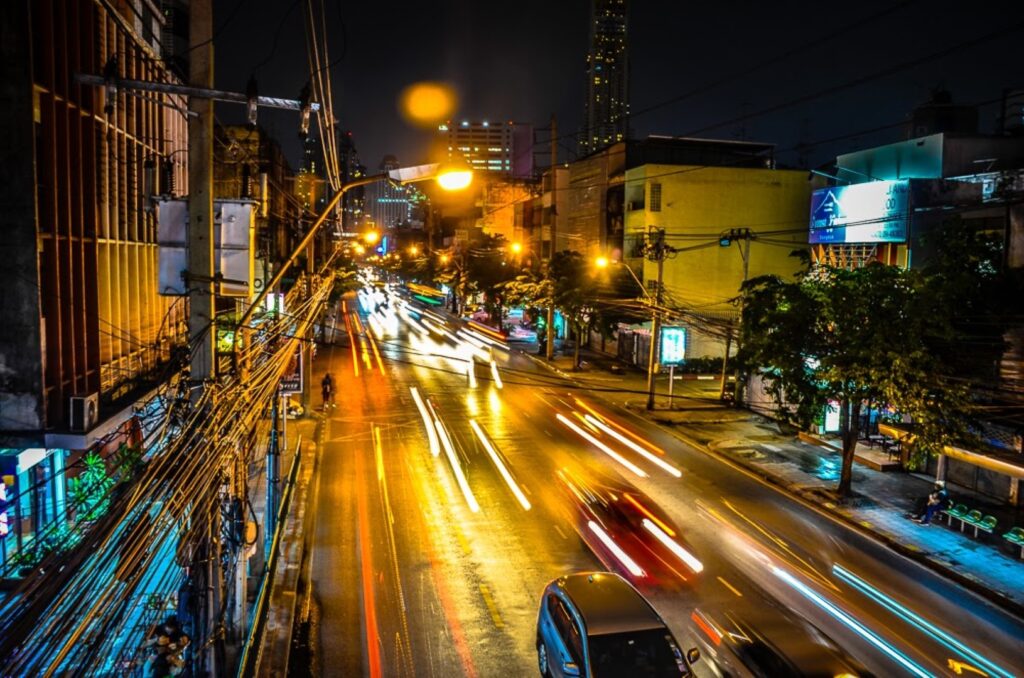
Select Date & Time
Your Reservation
Location
{location_name}Clients
Photographer
{employee_name}Price
{reservation_price}Total: €0